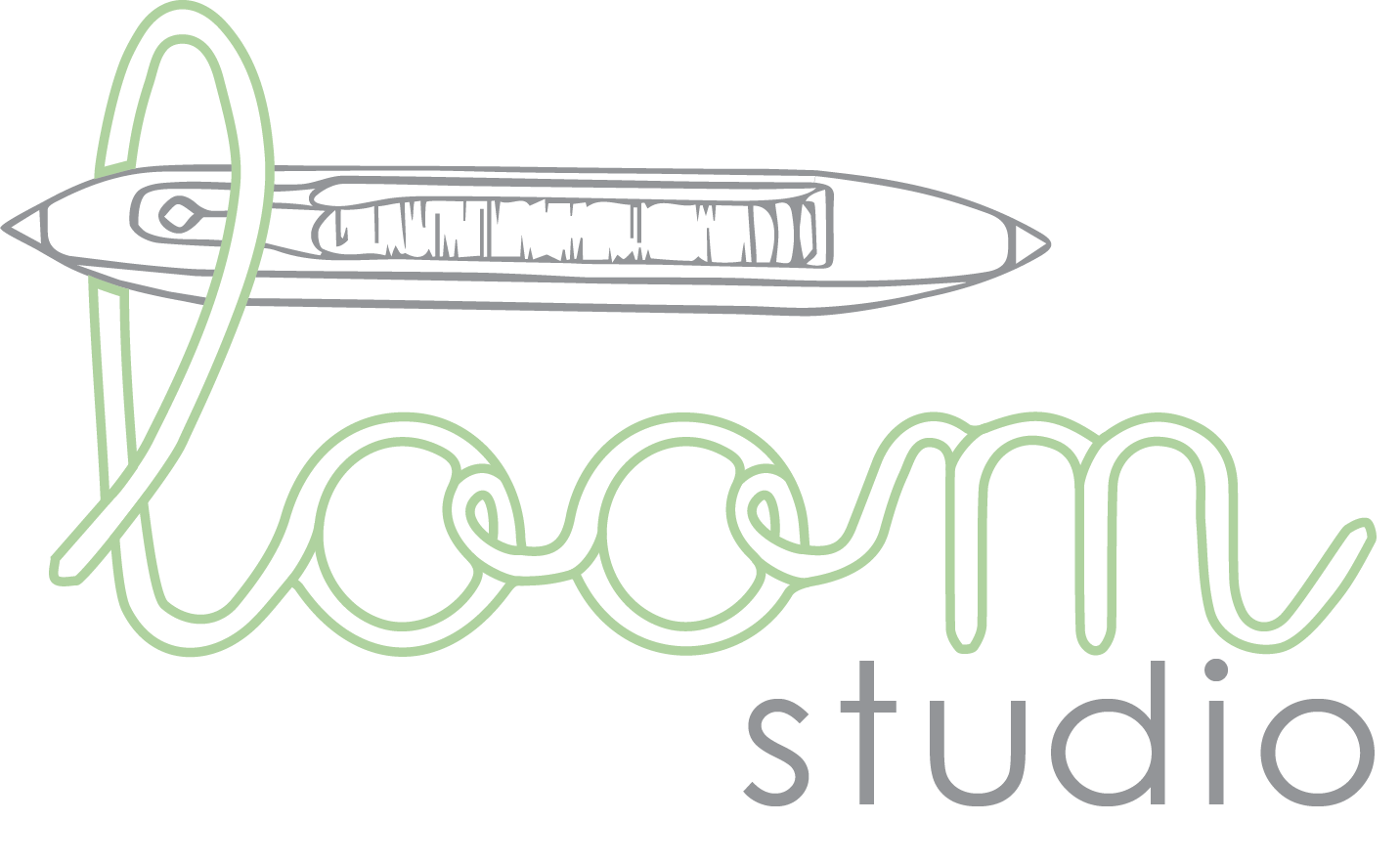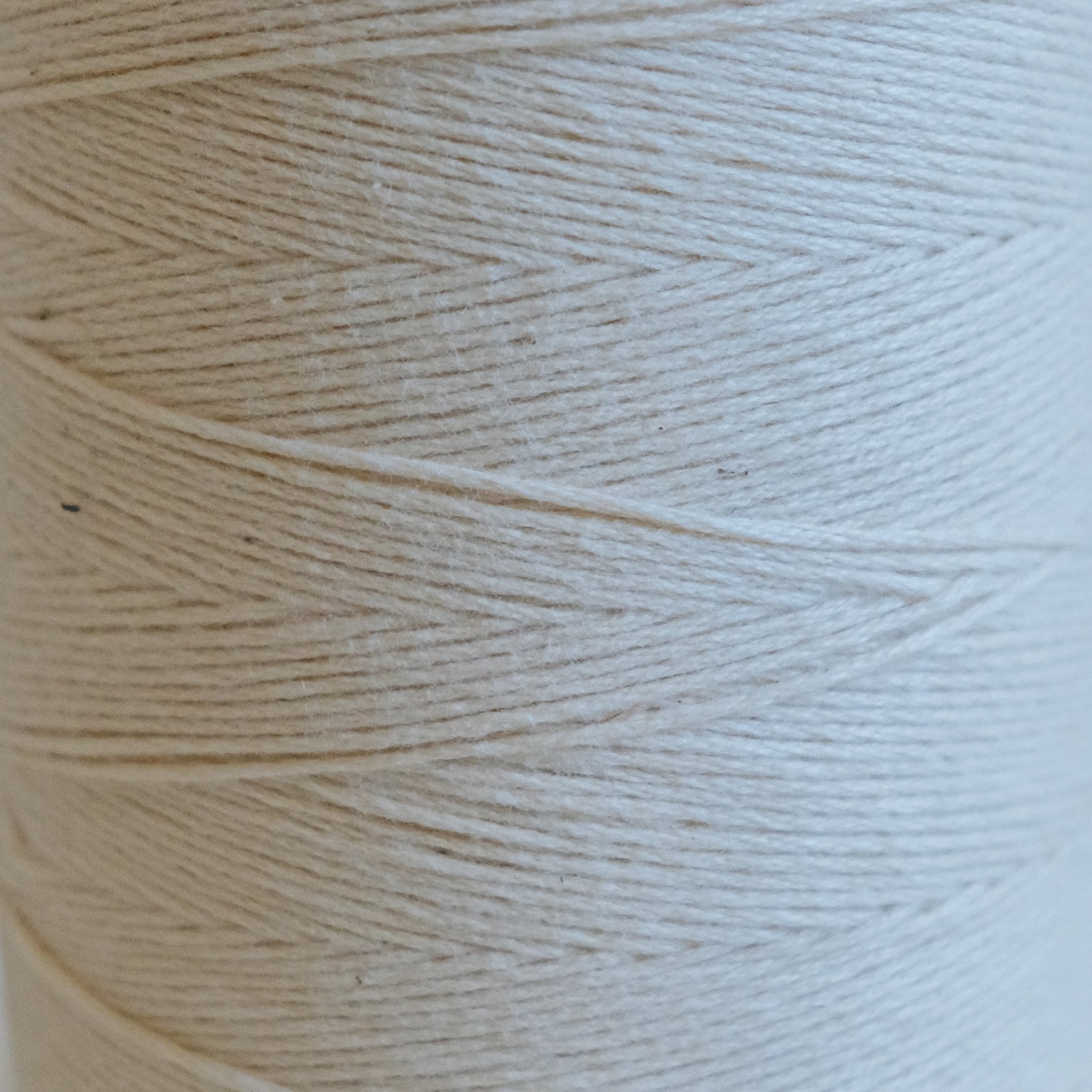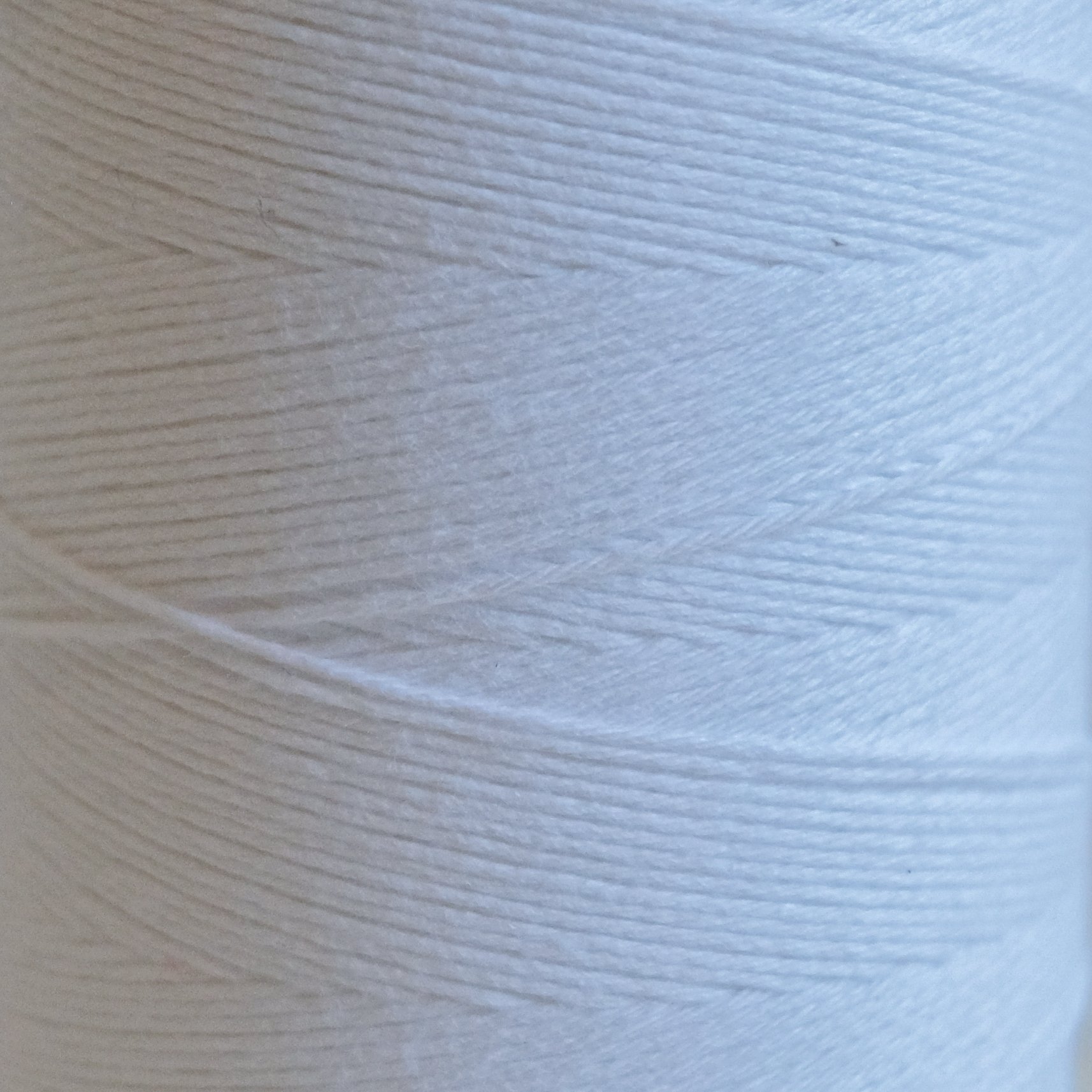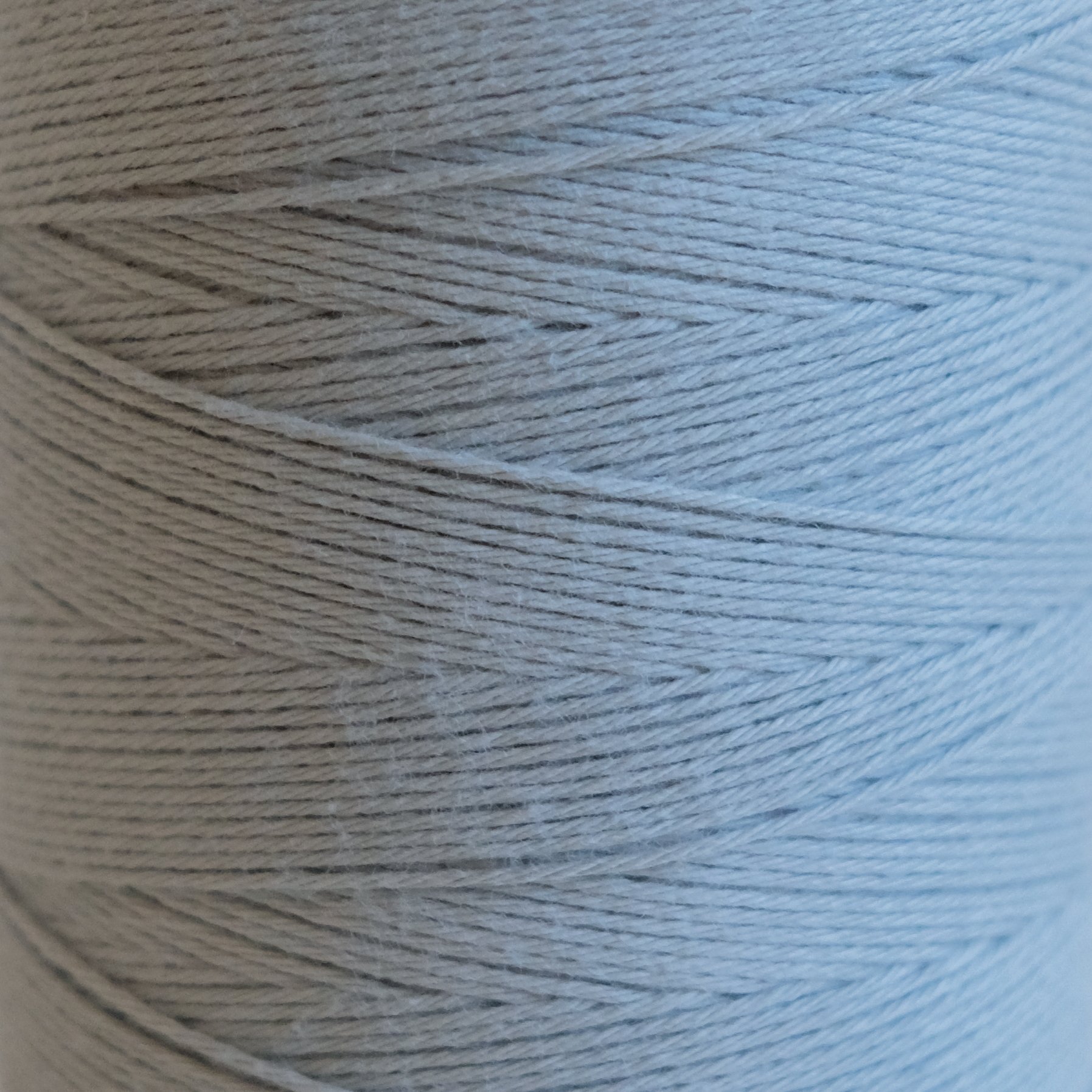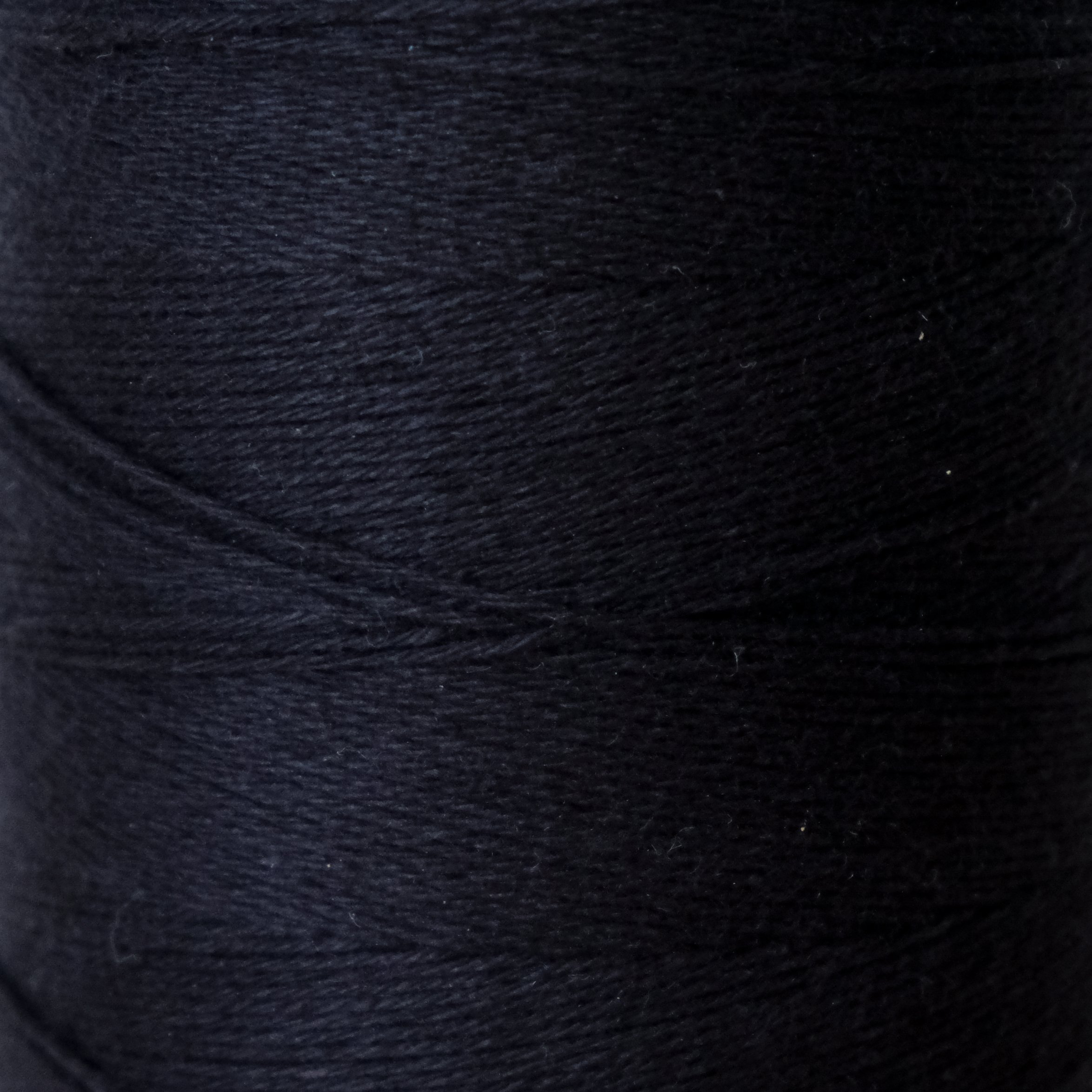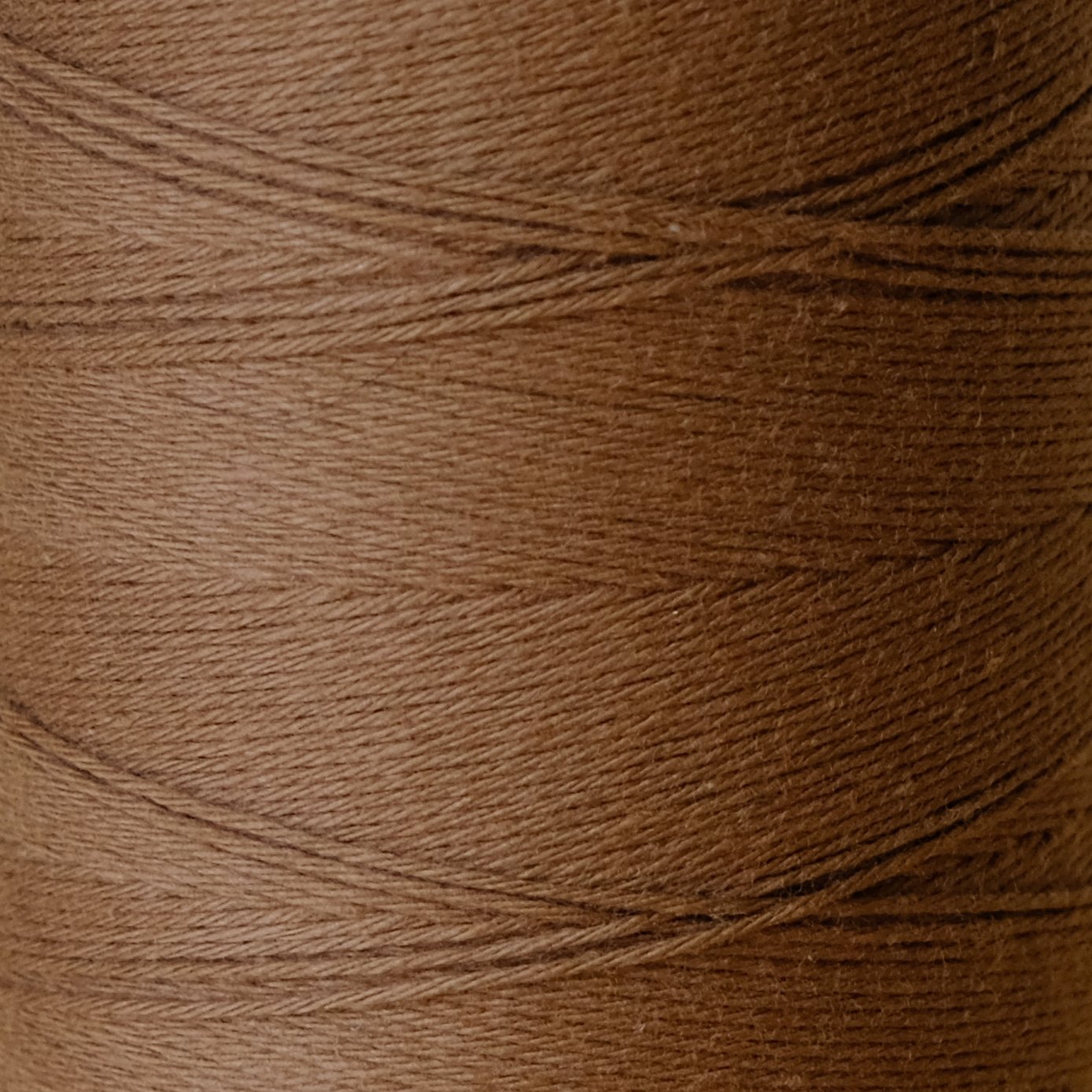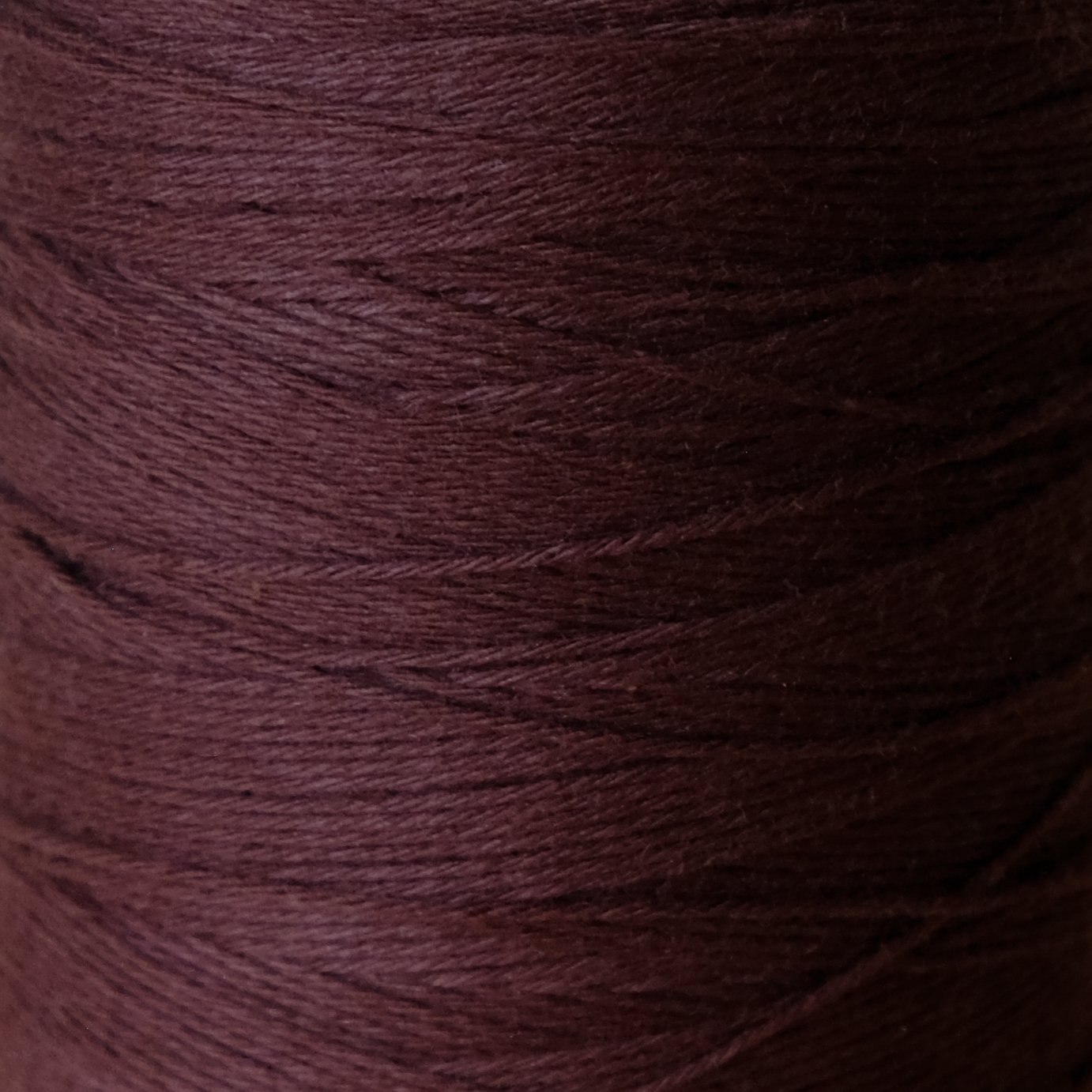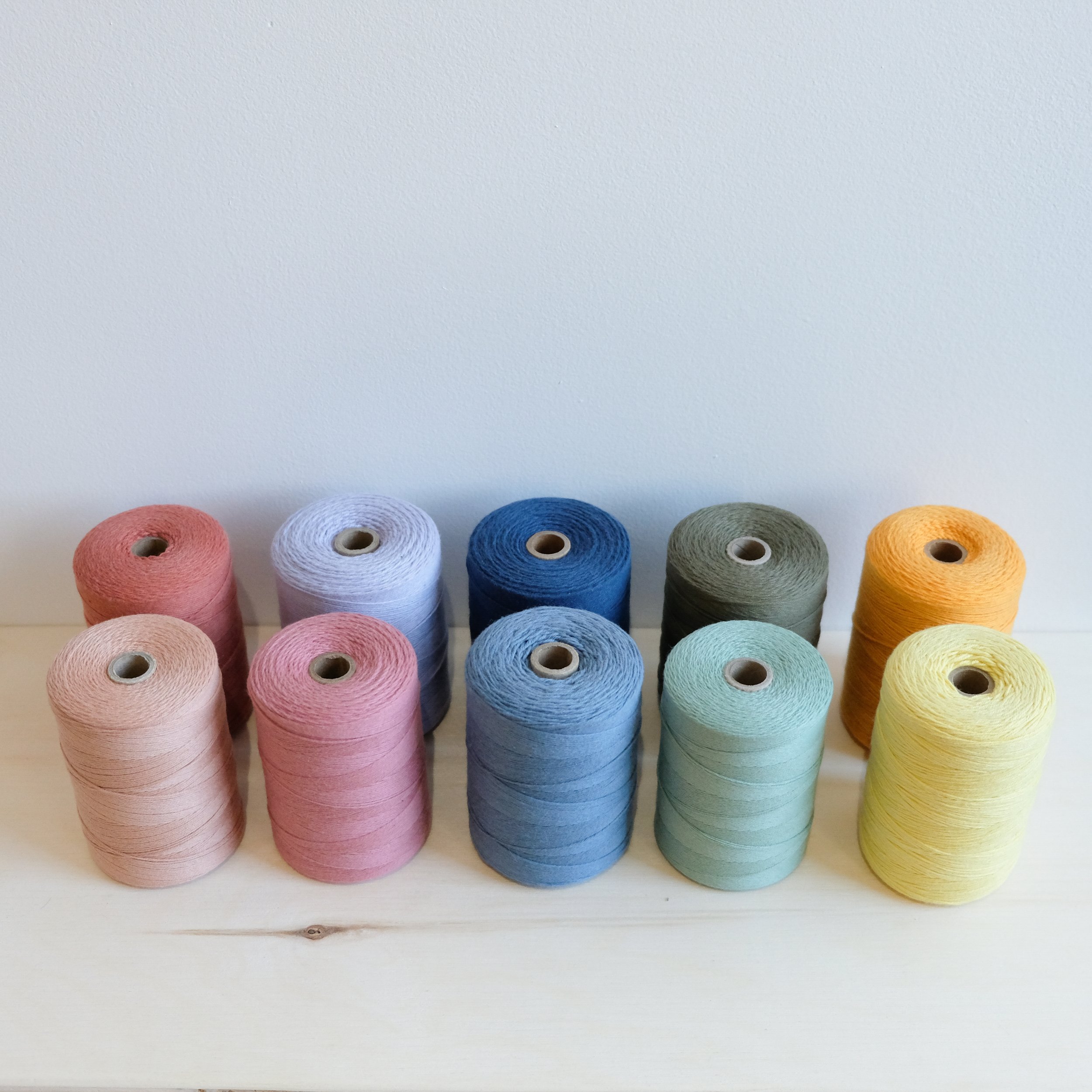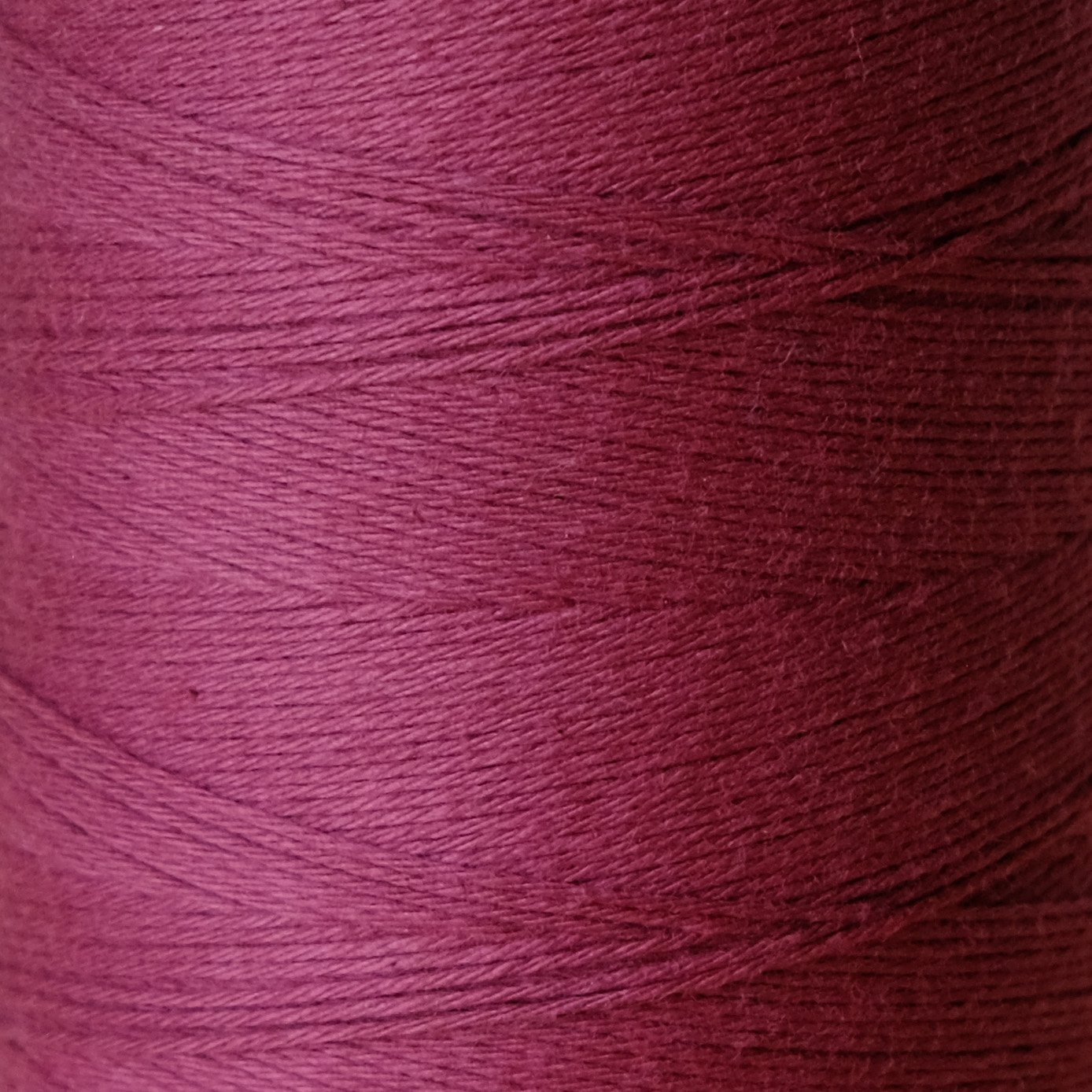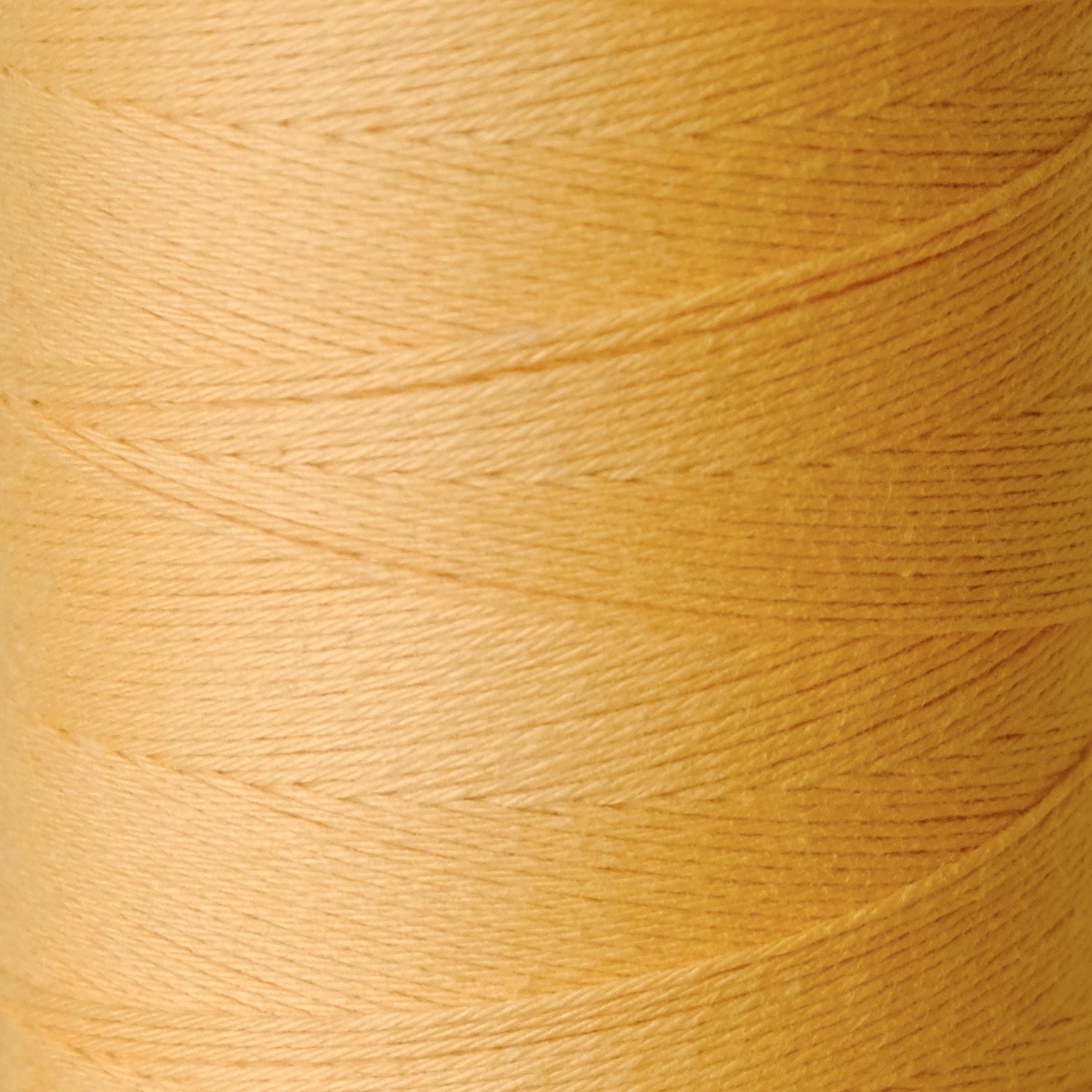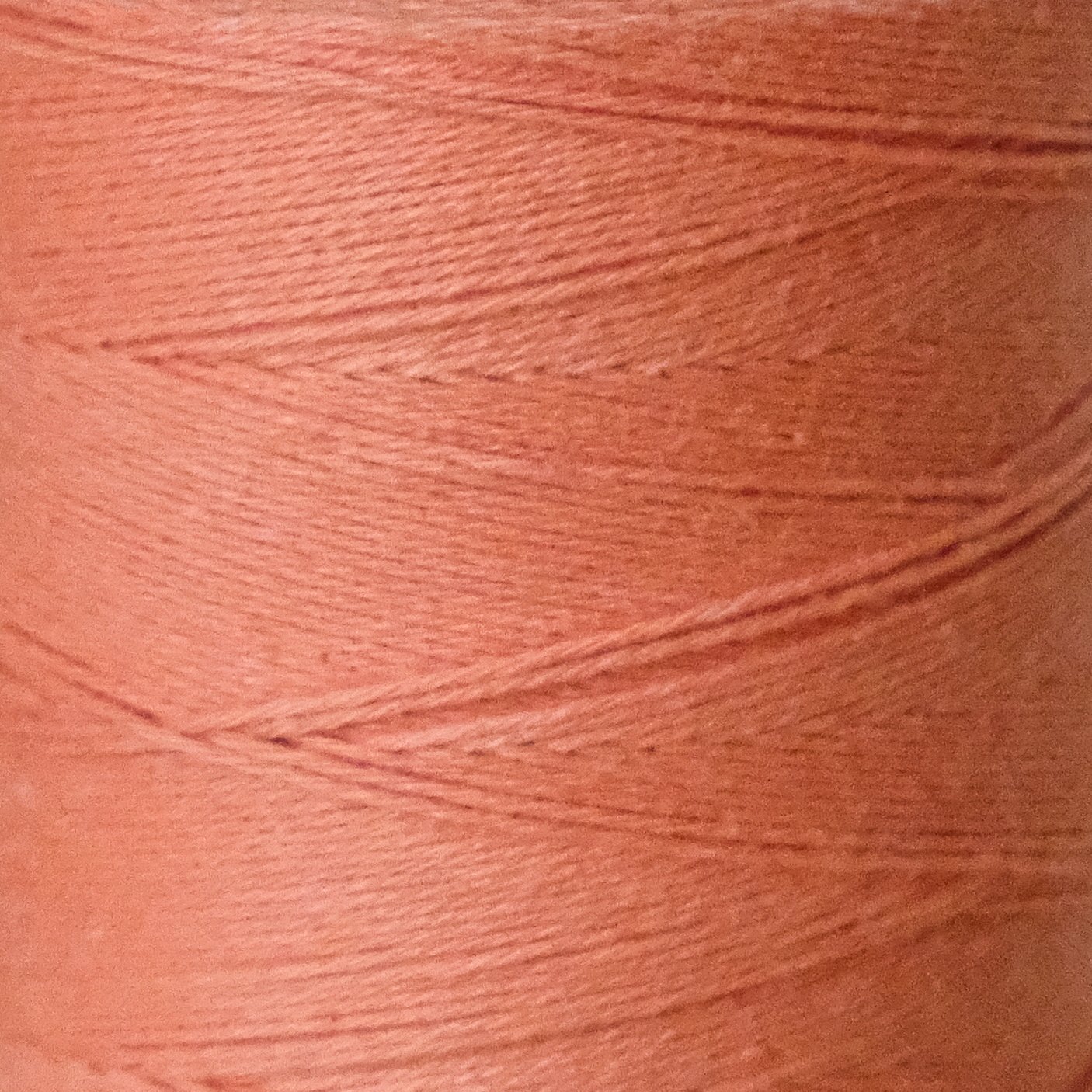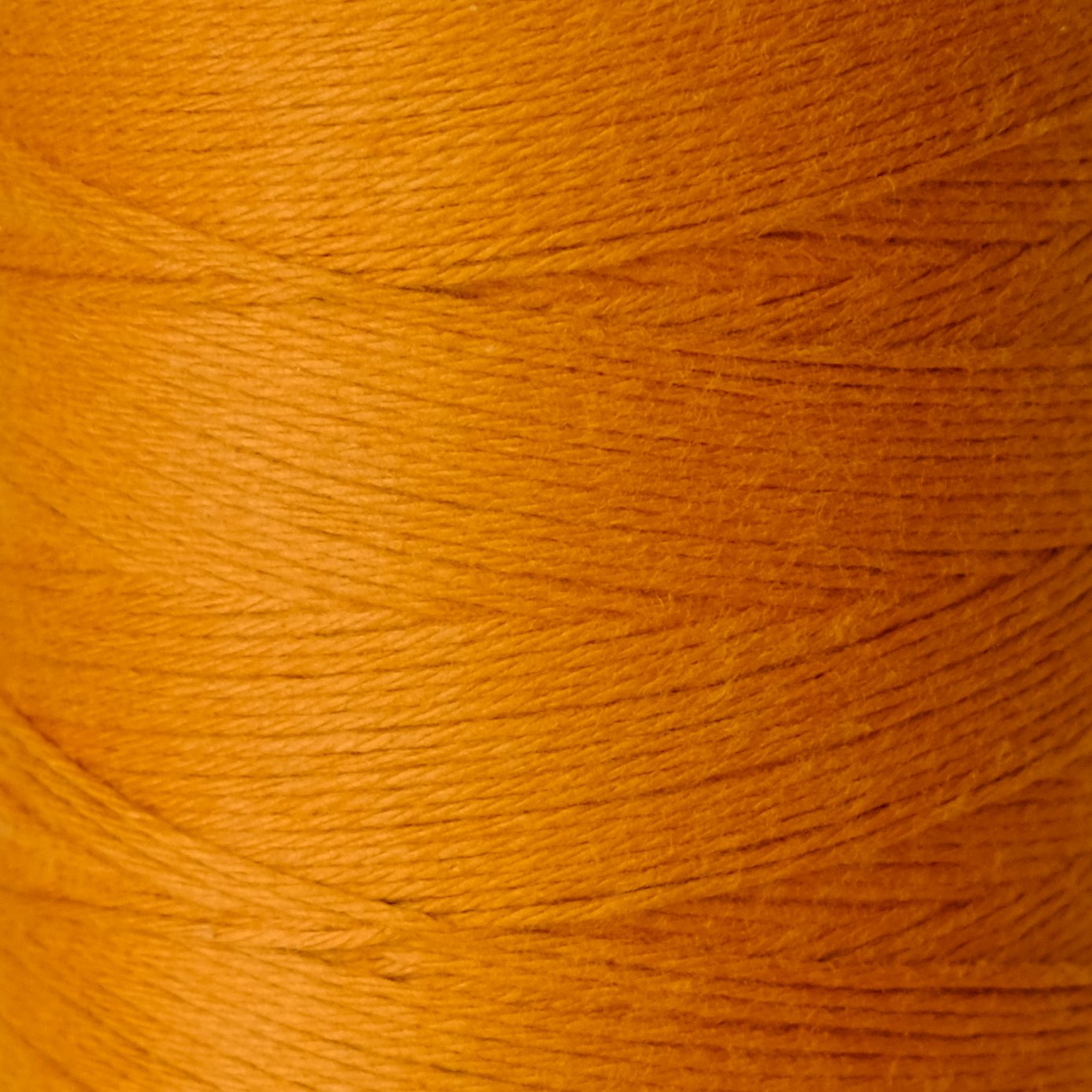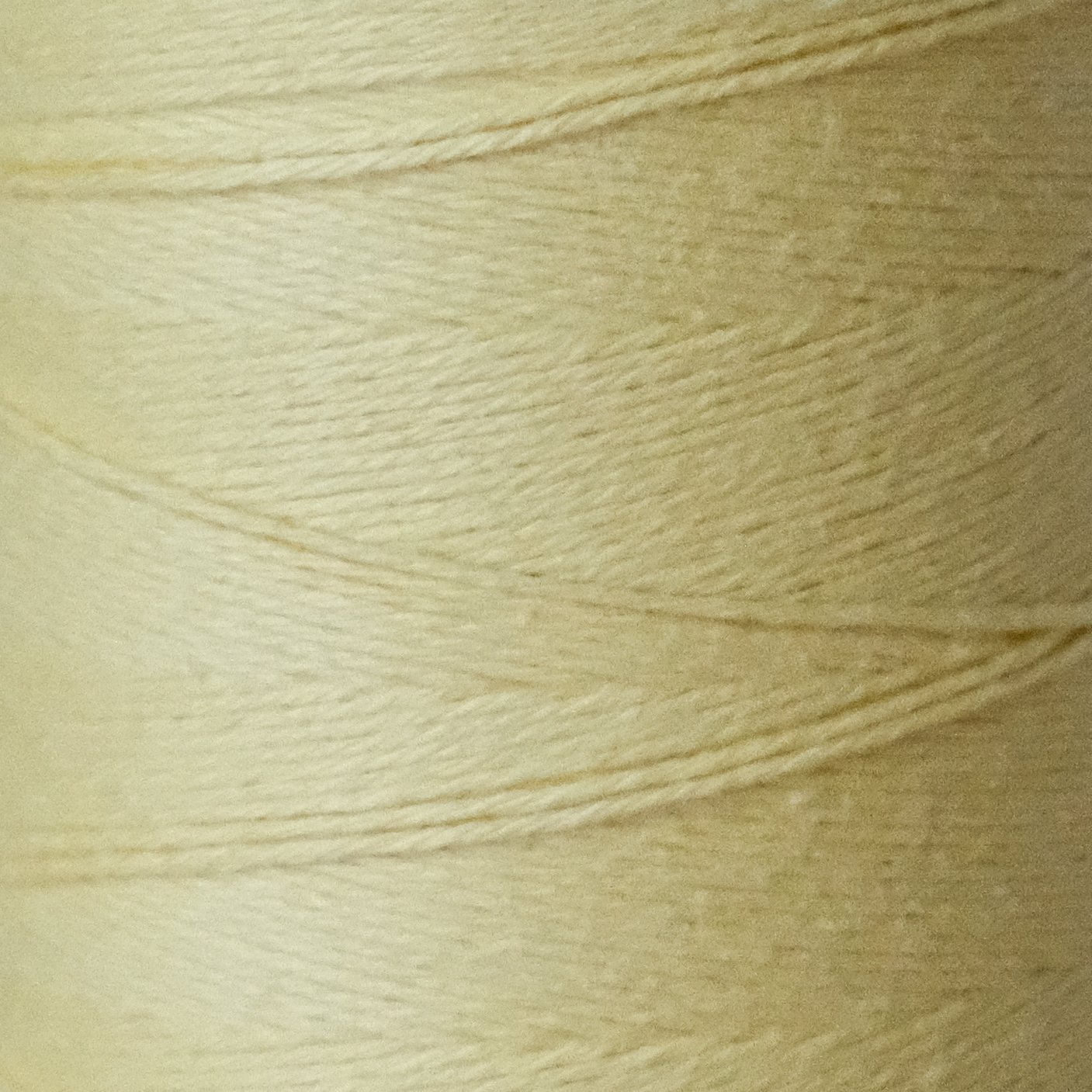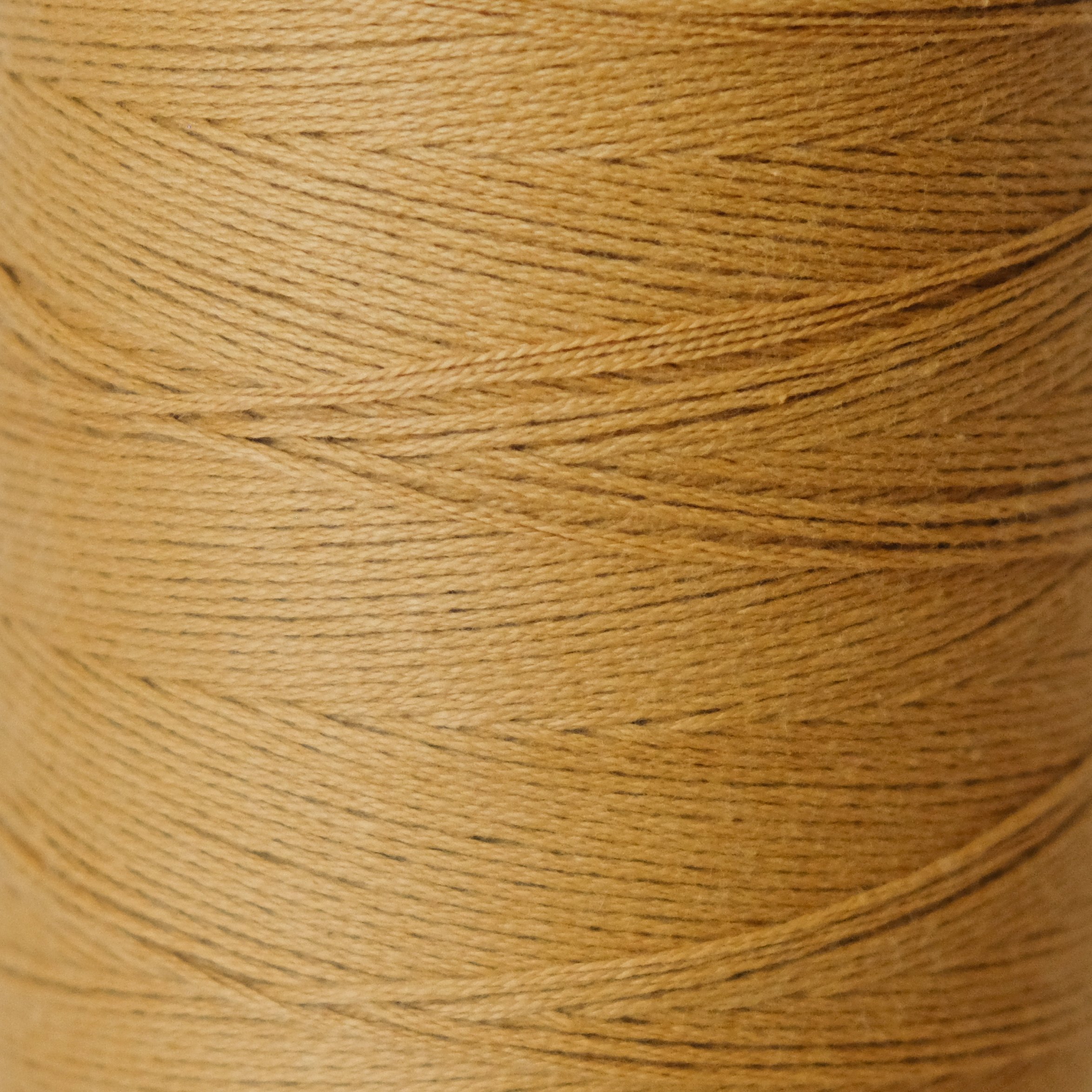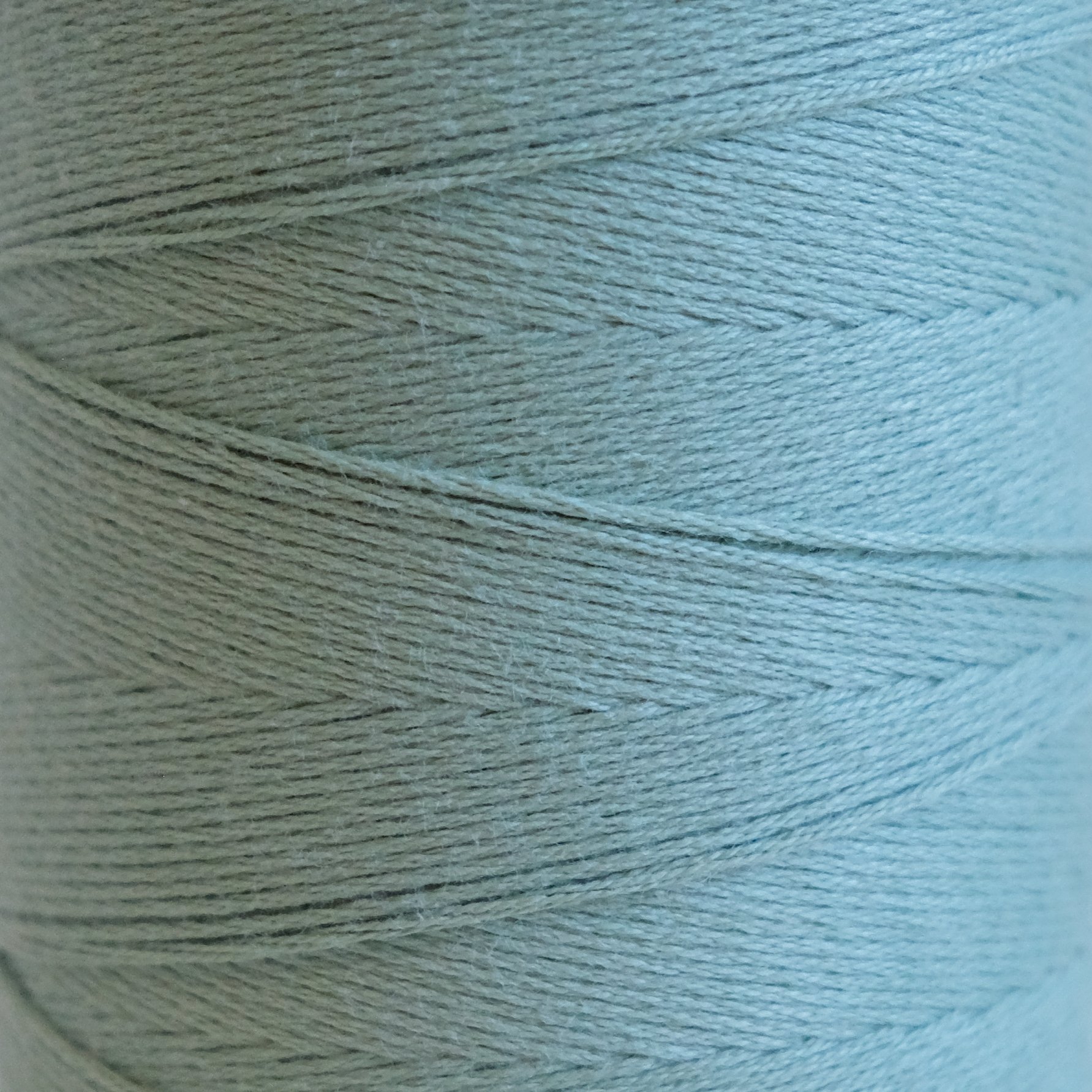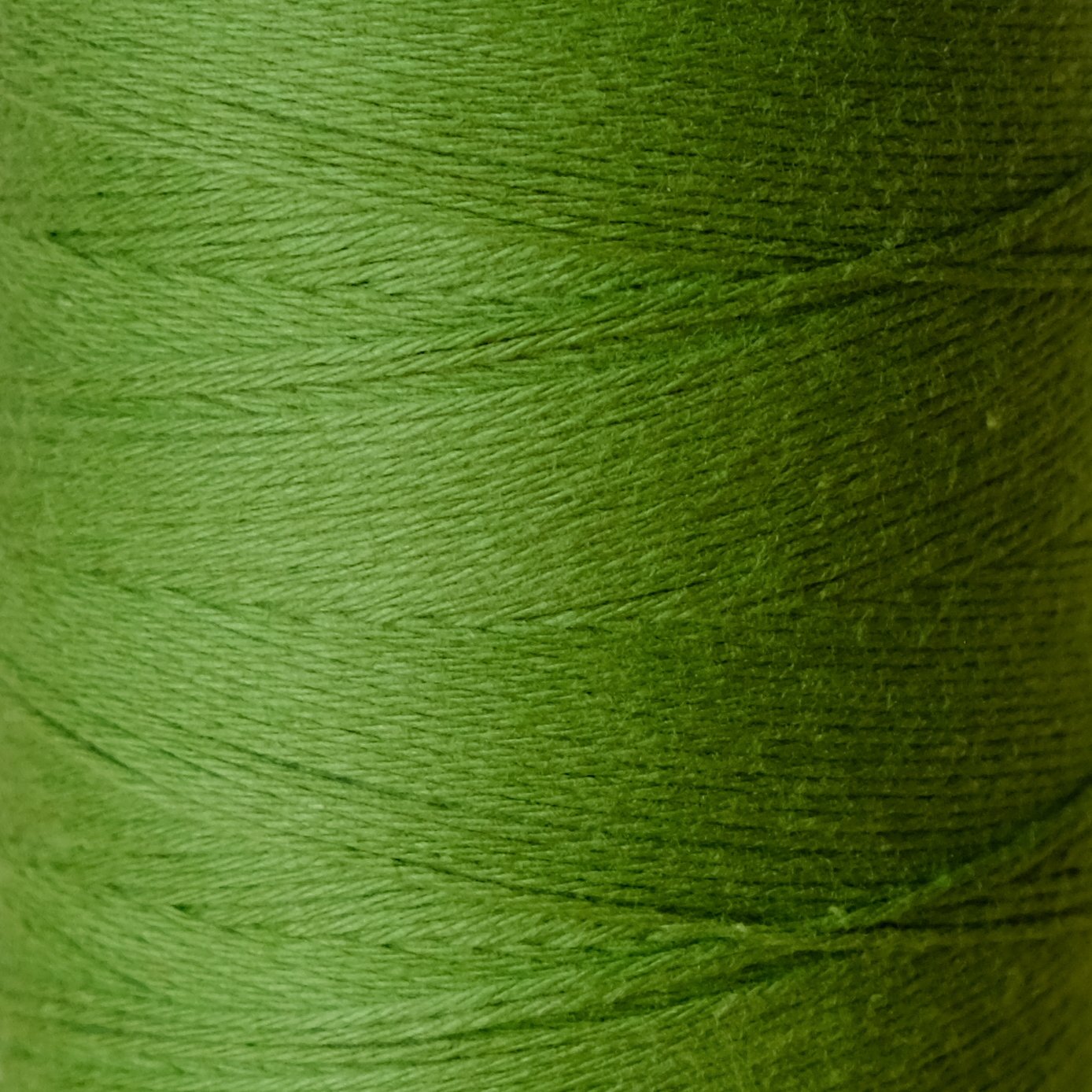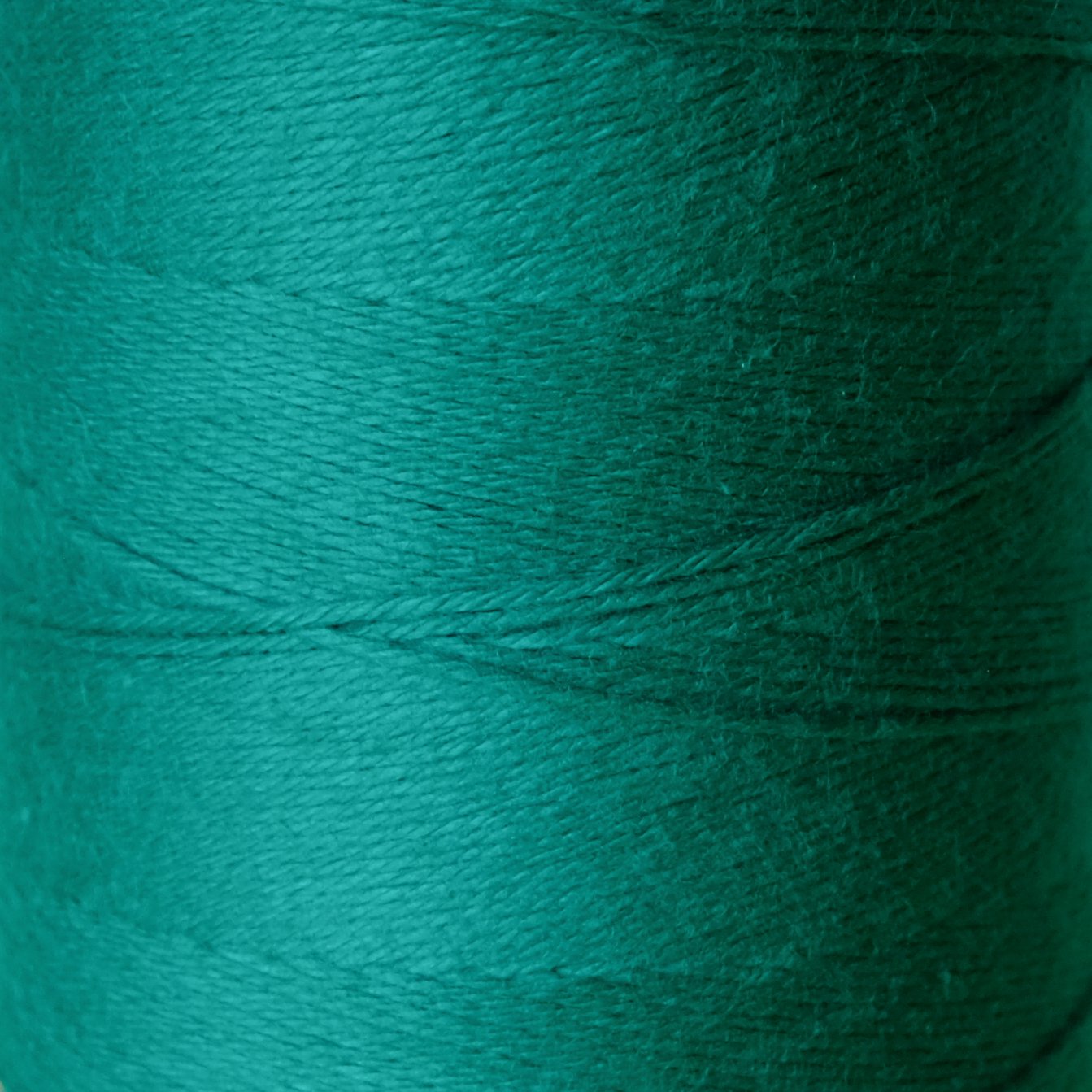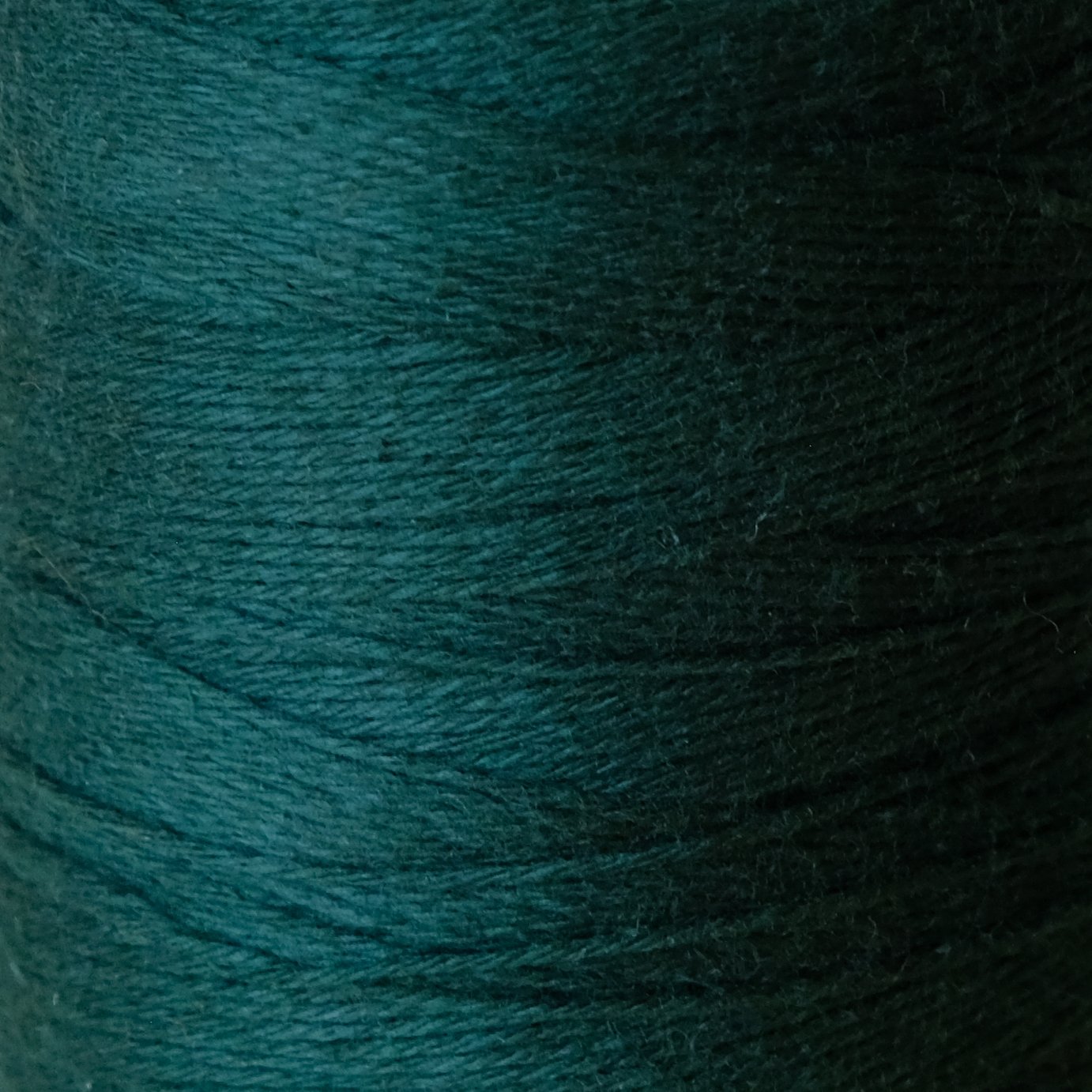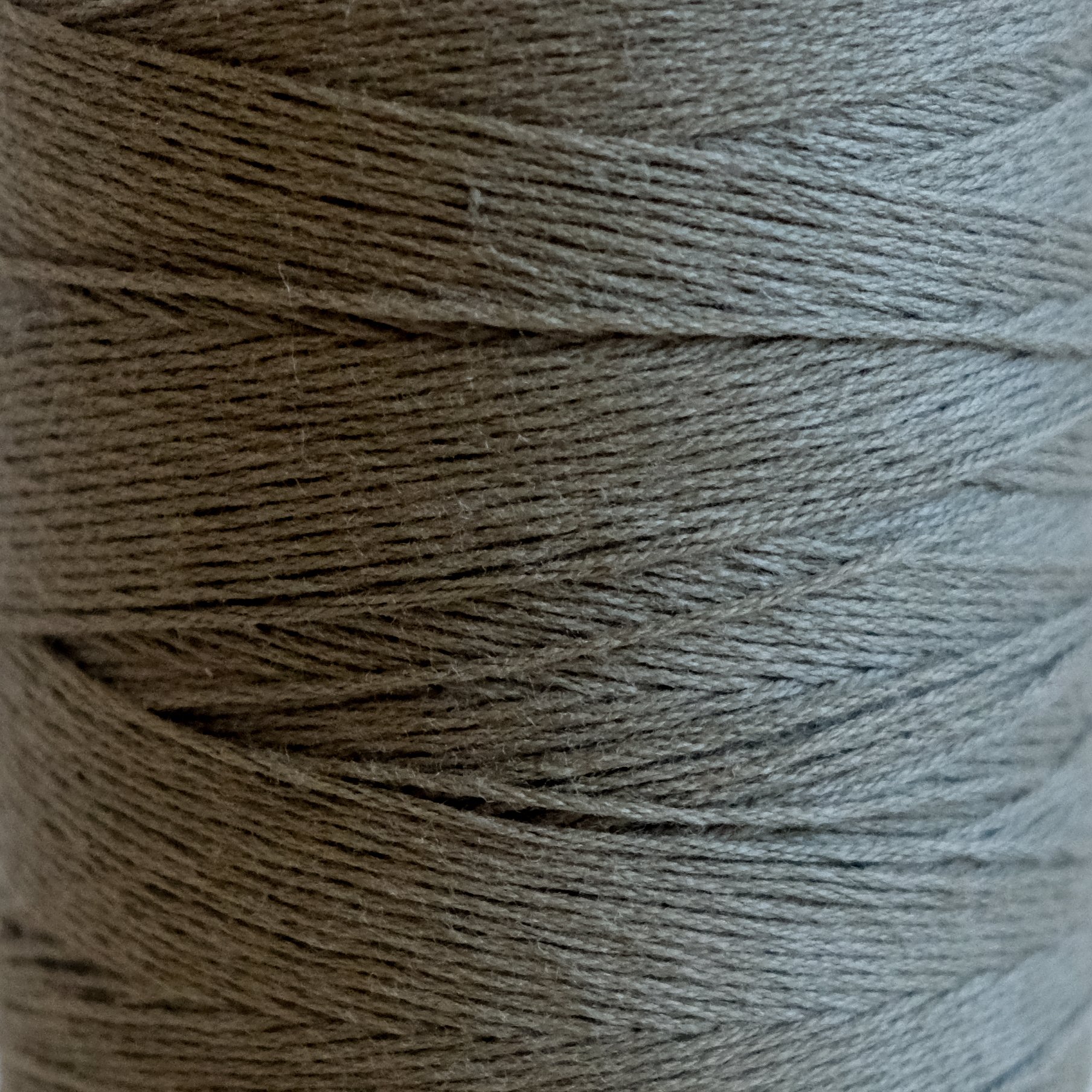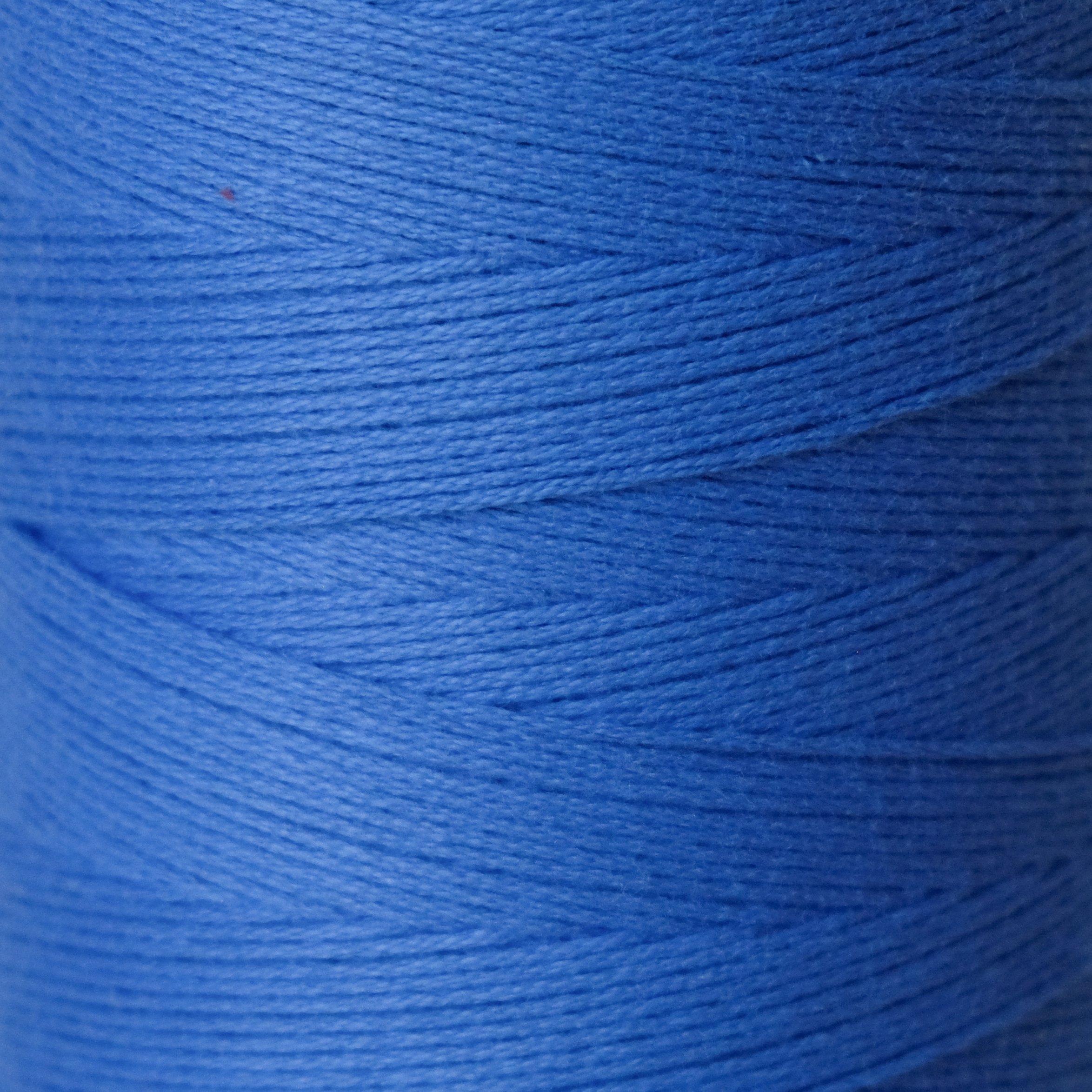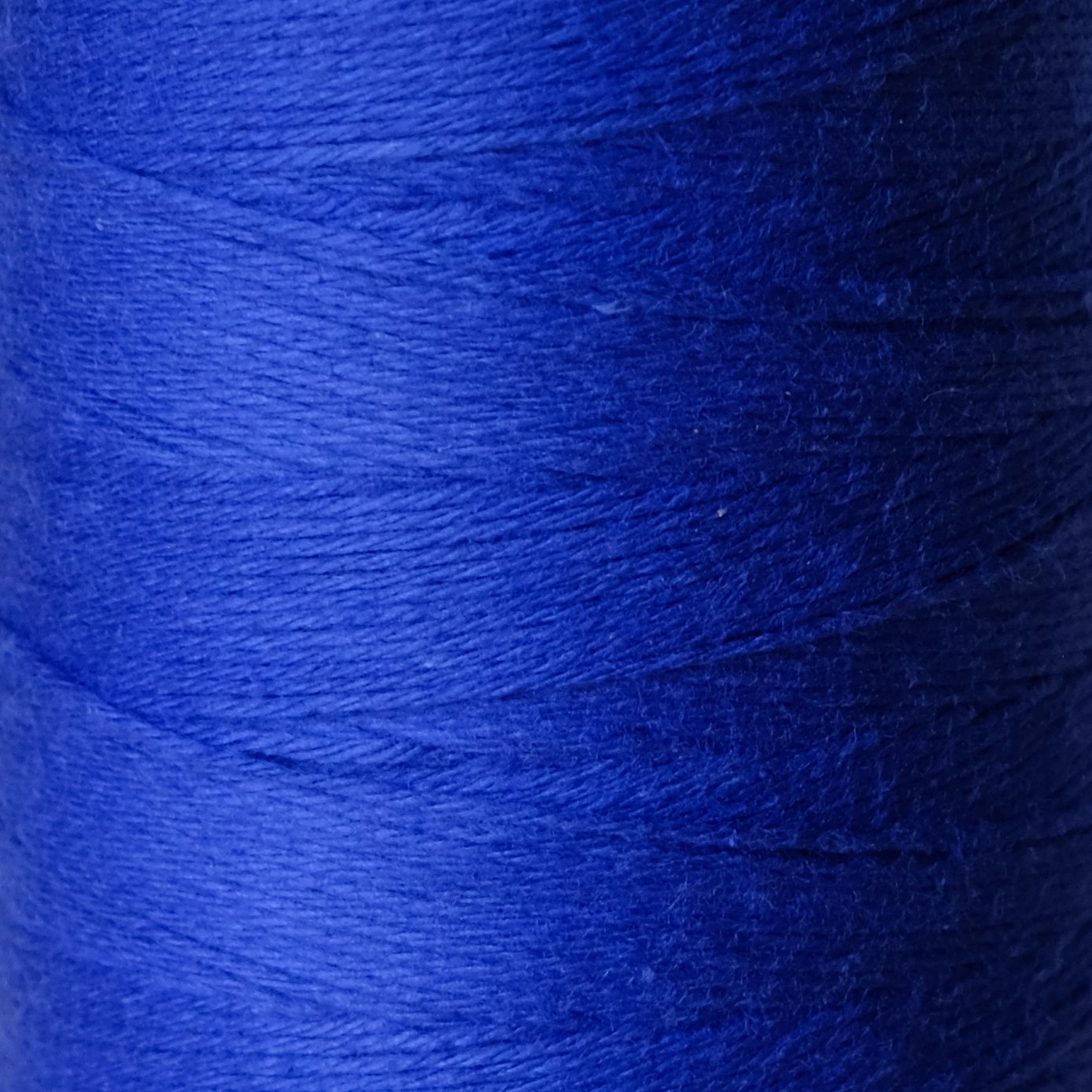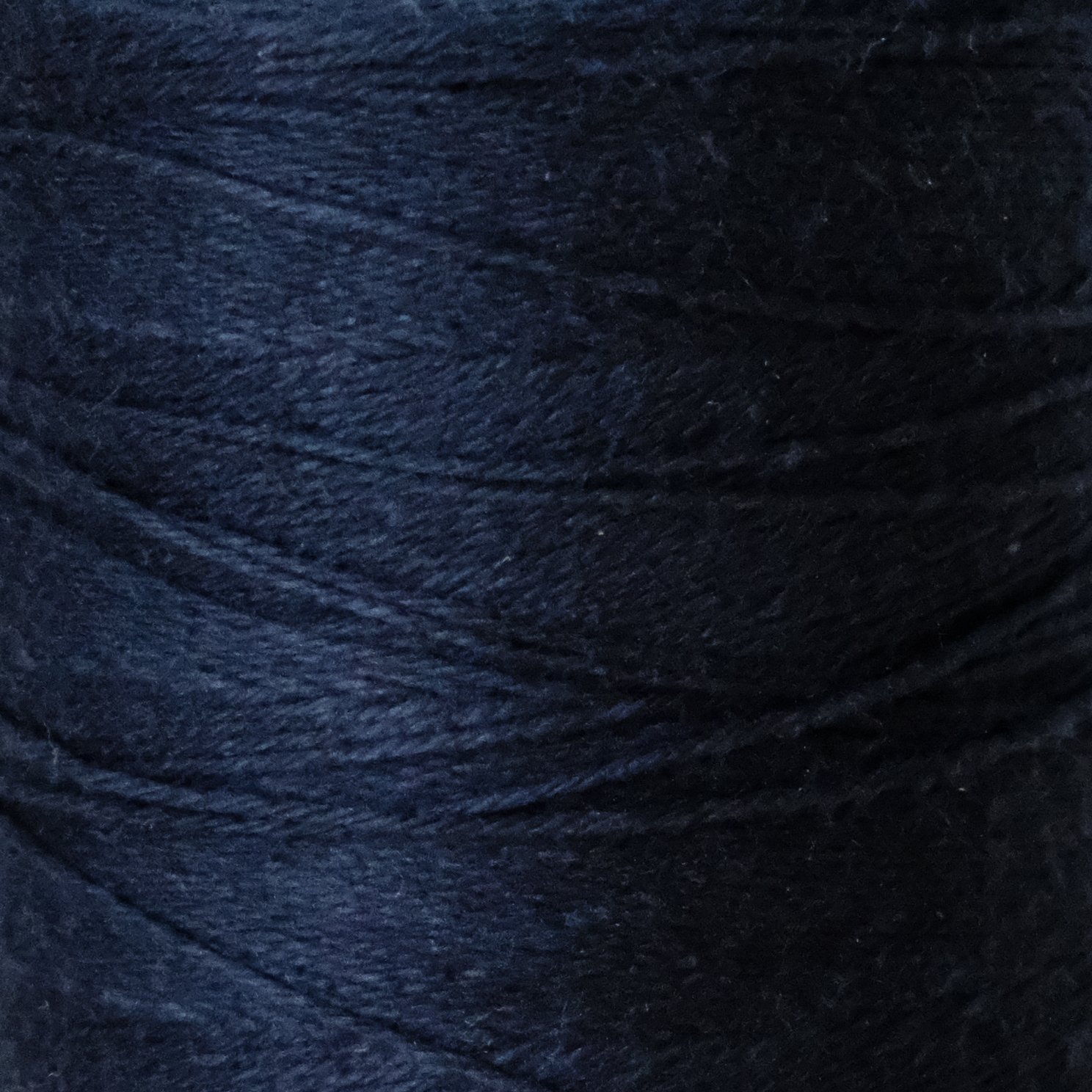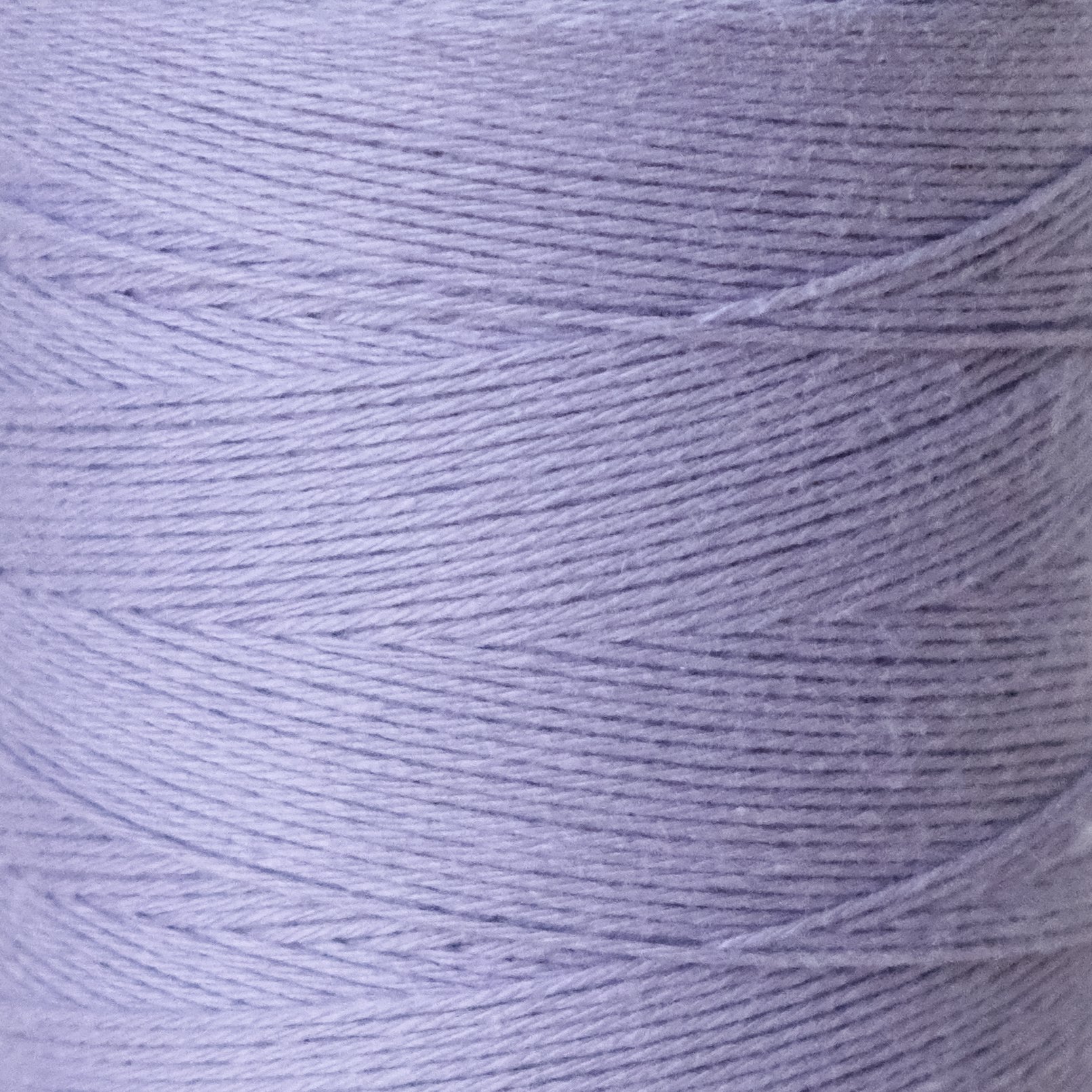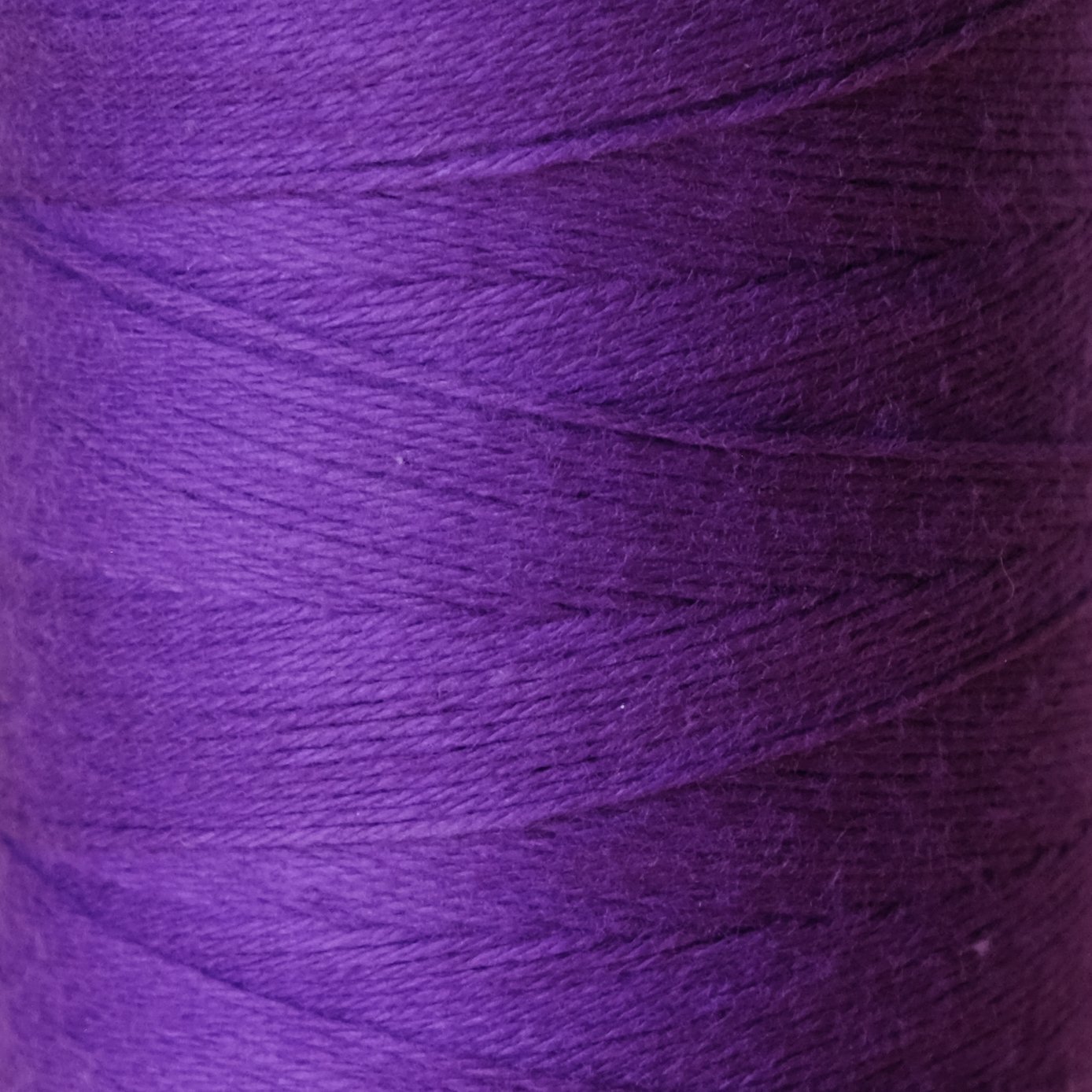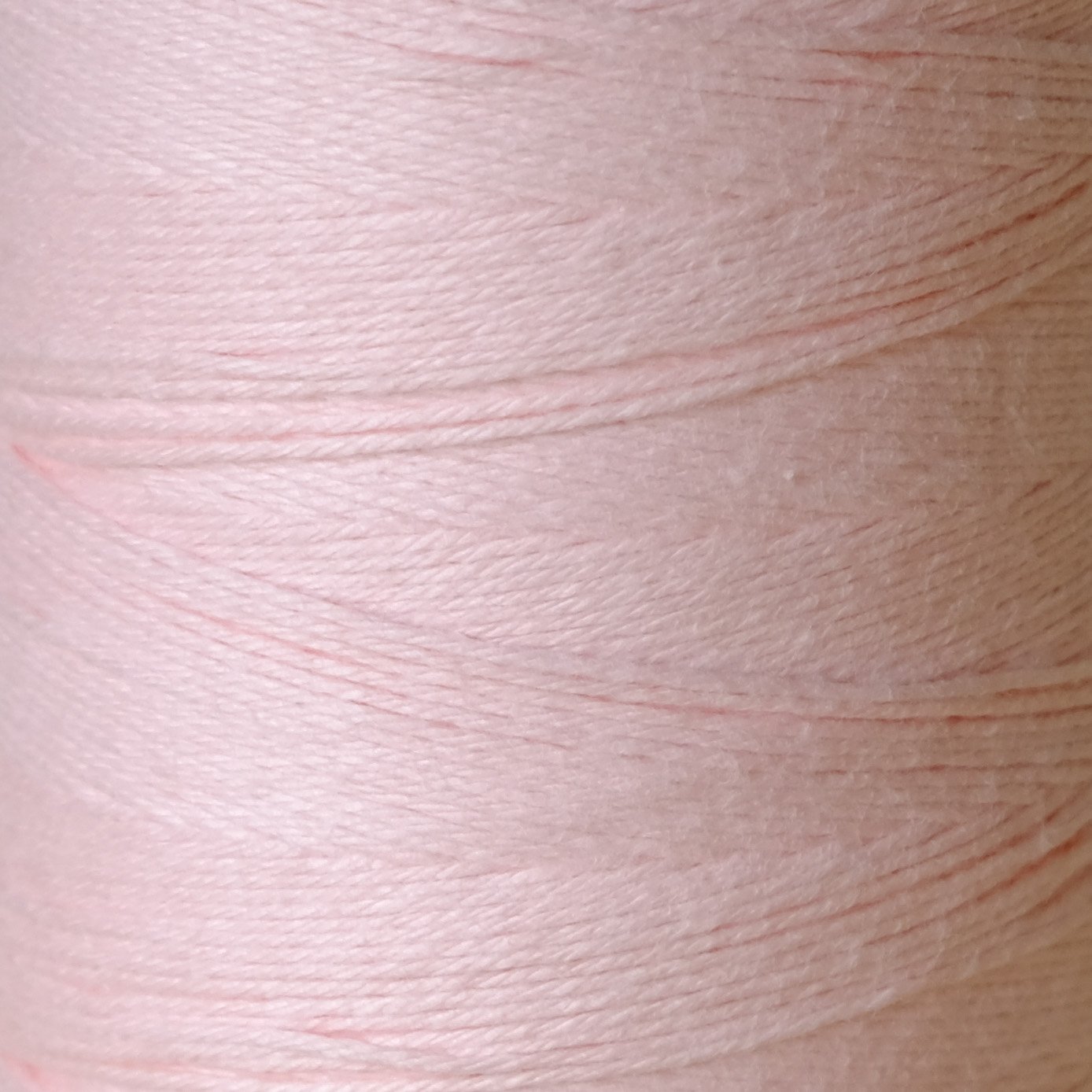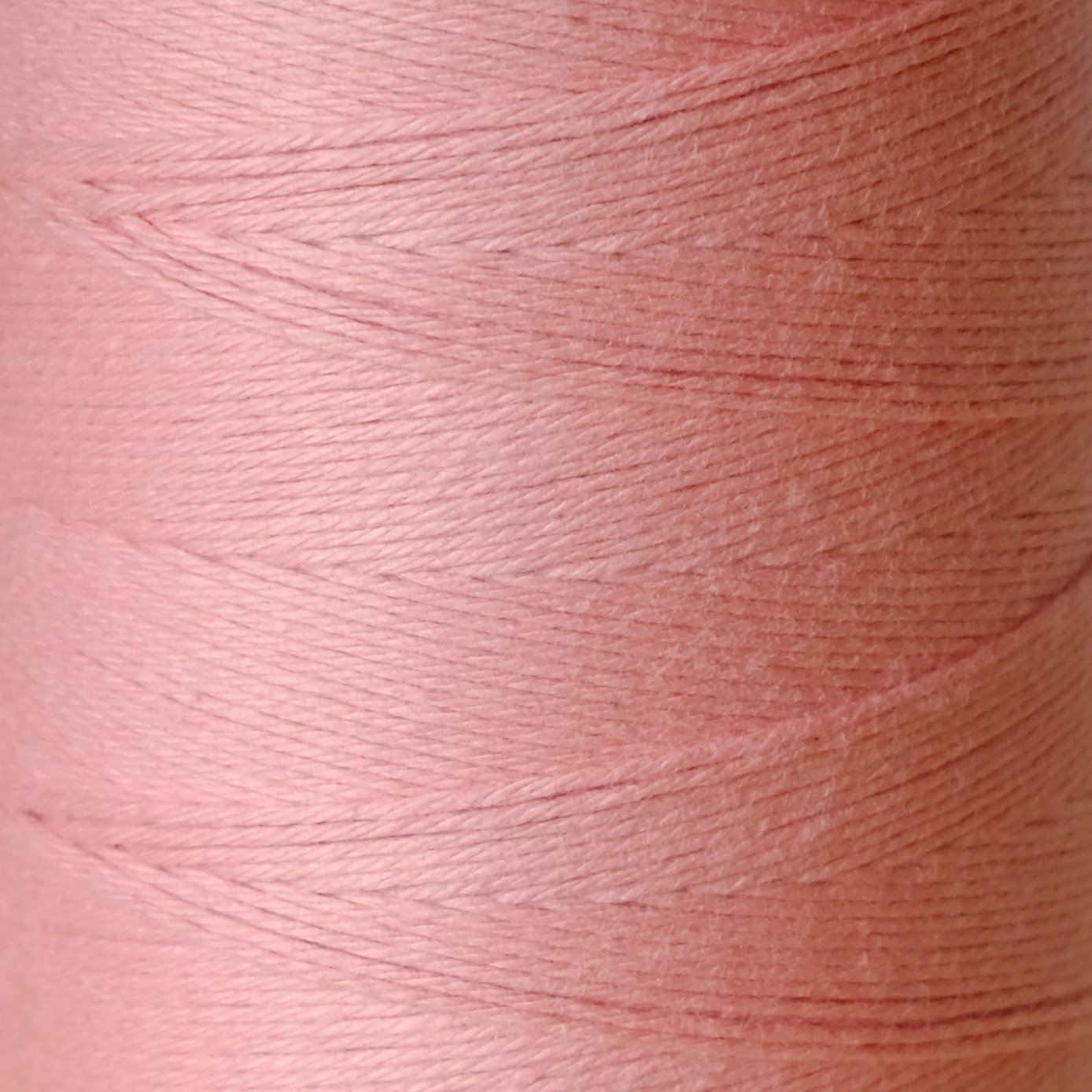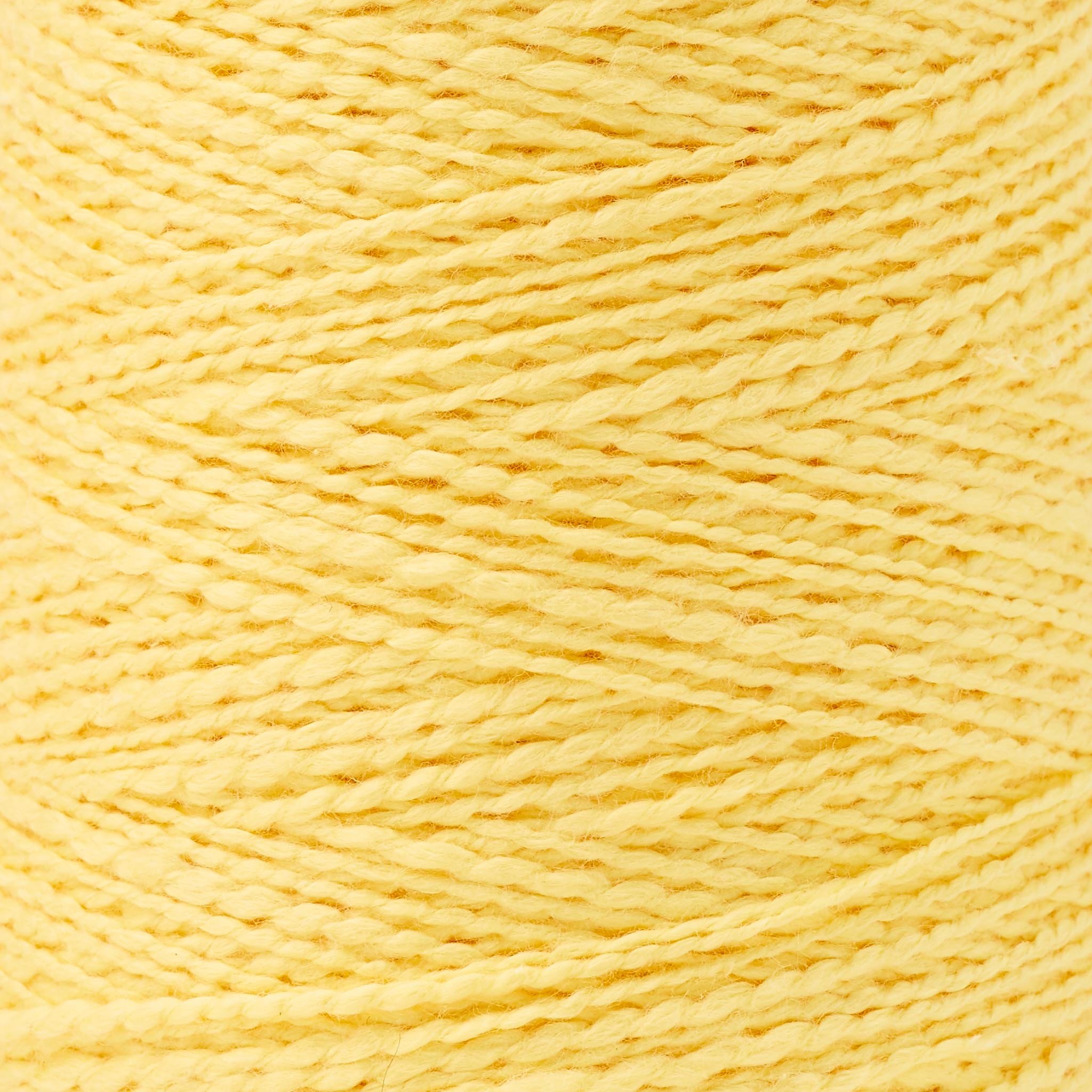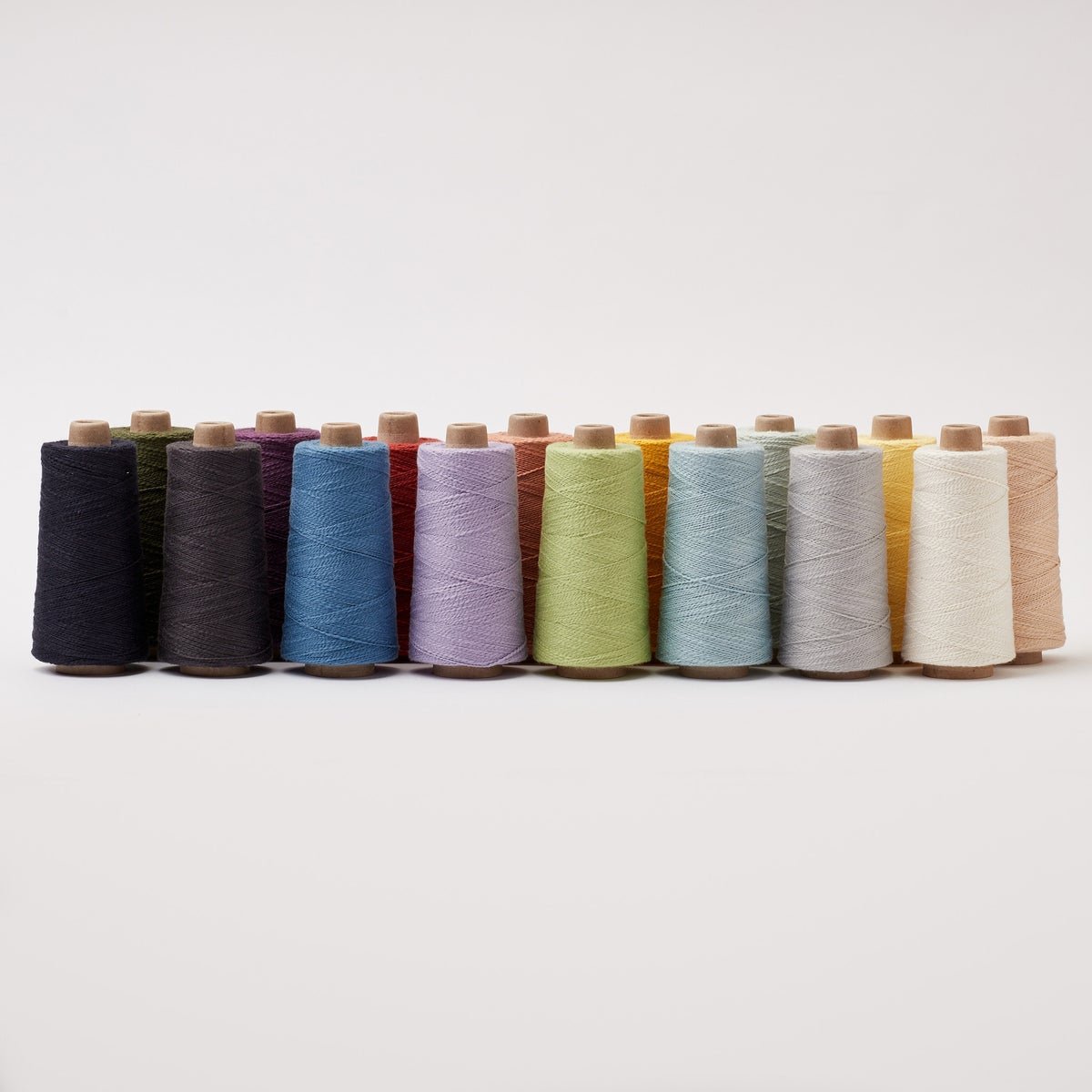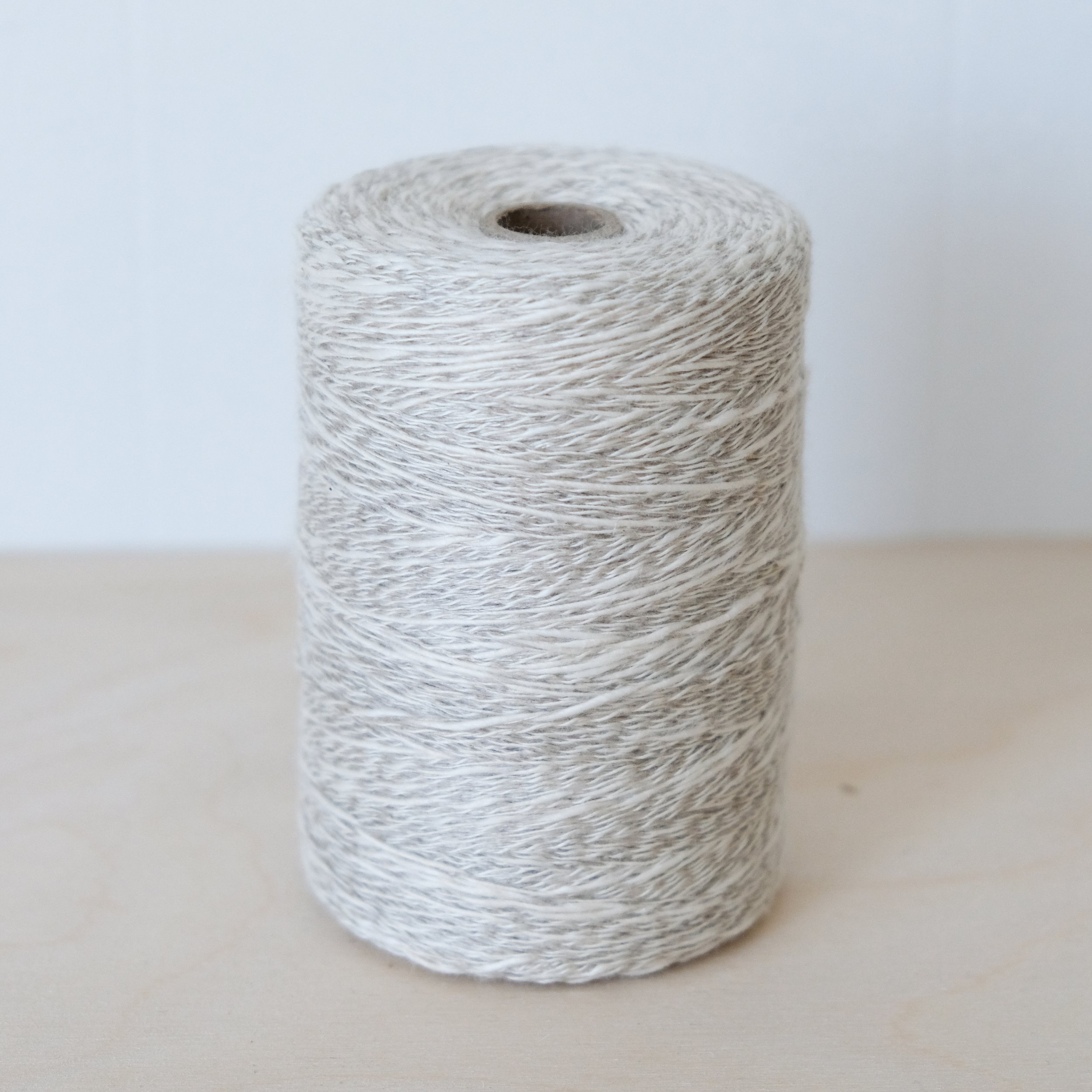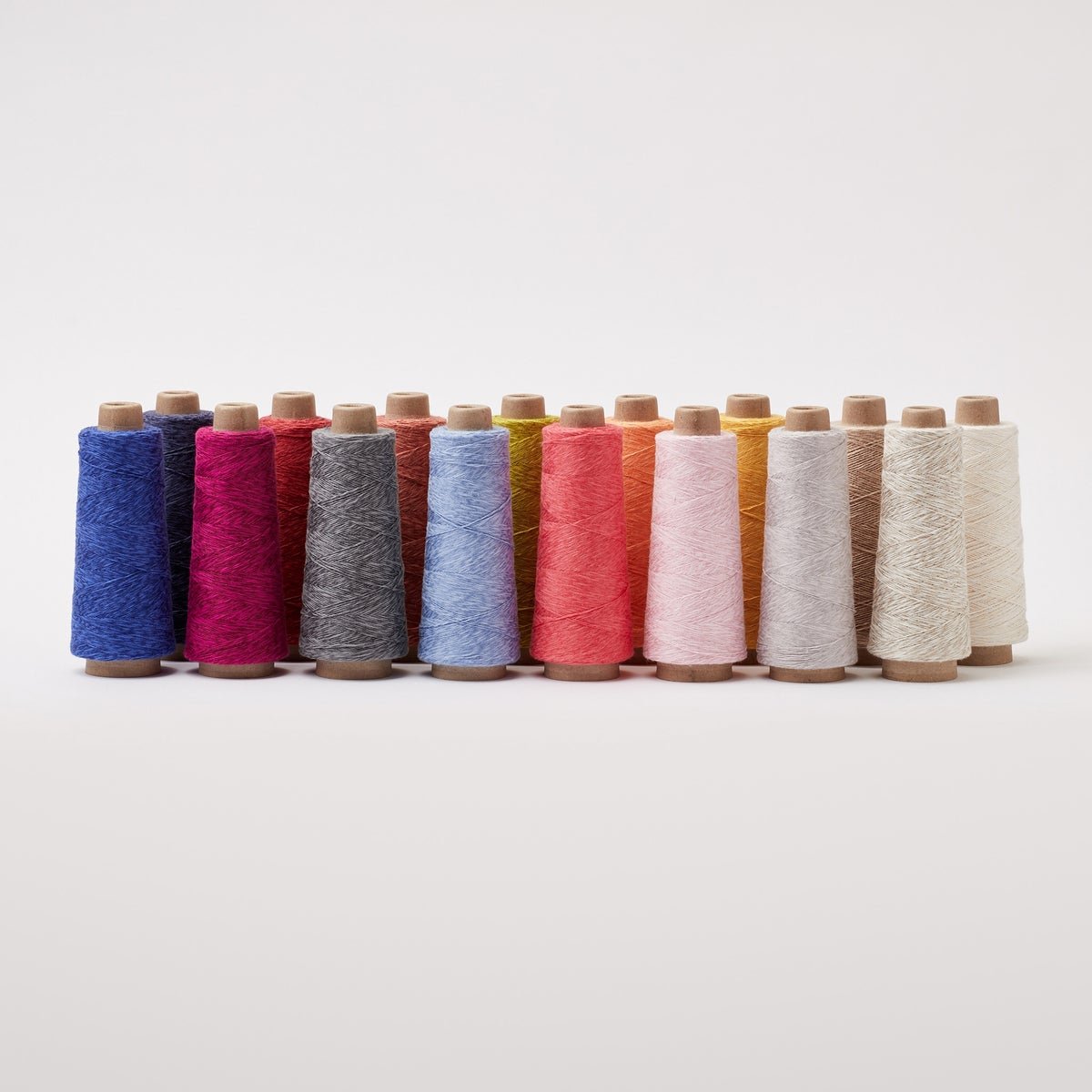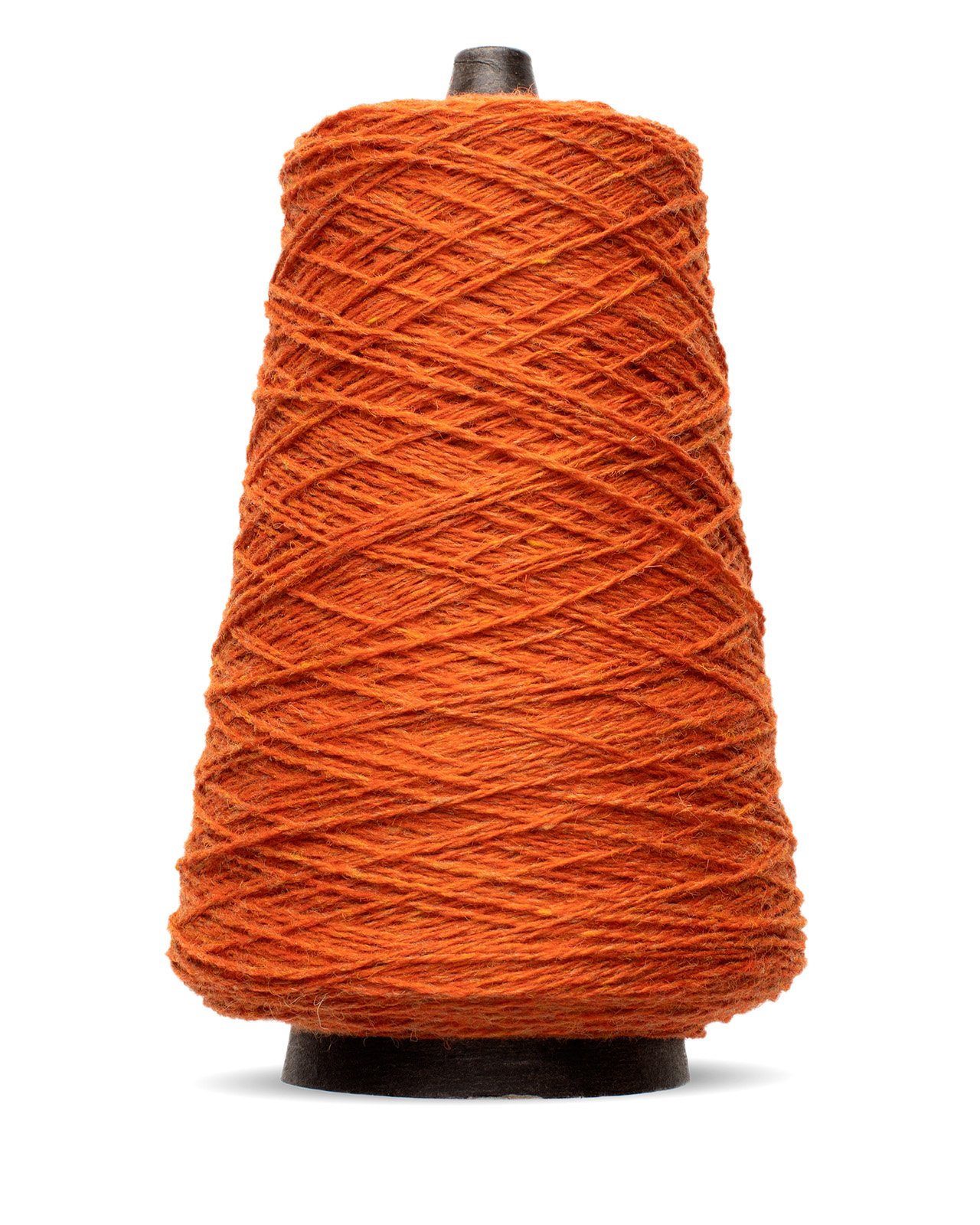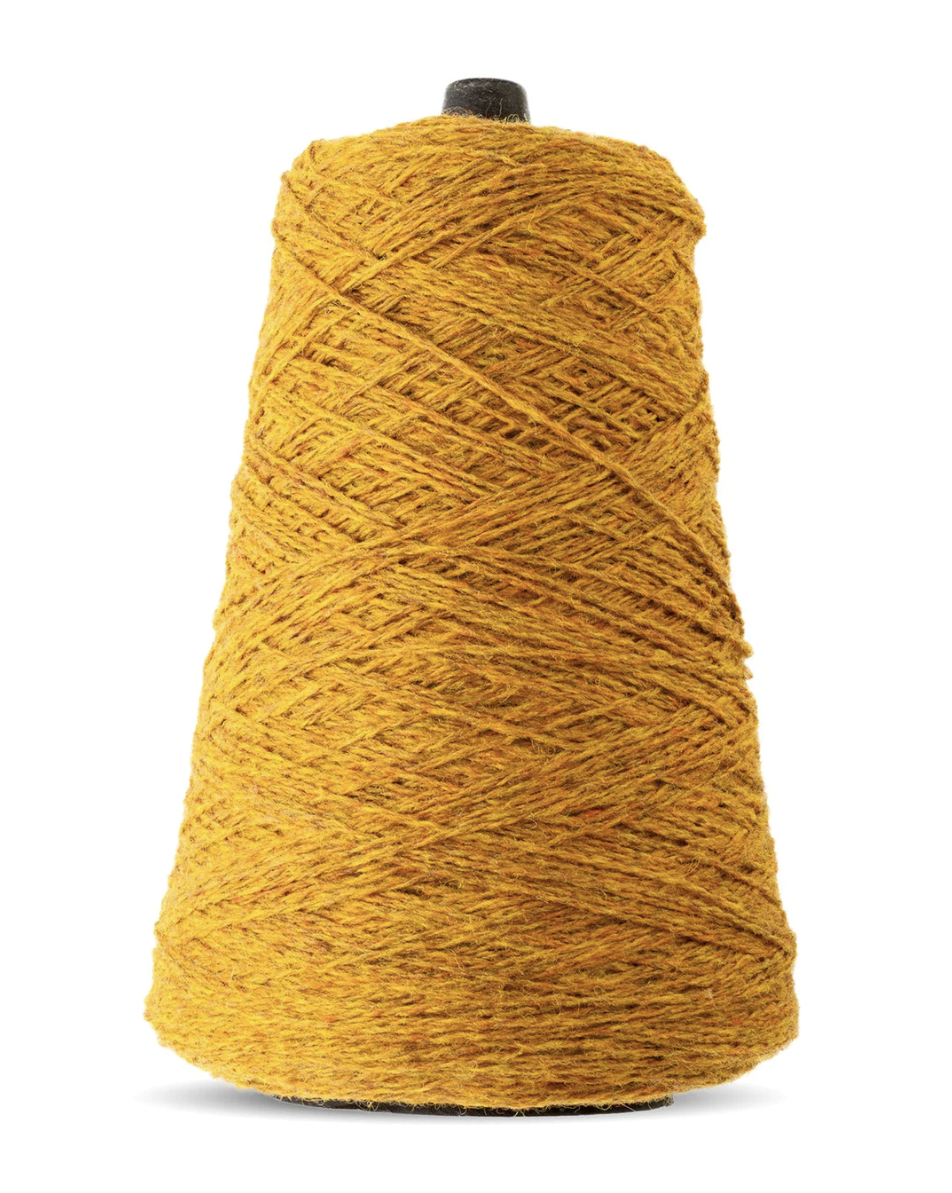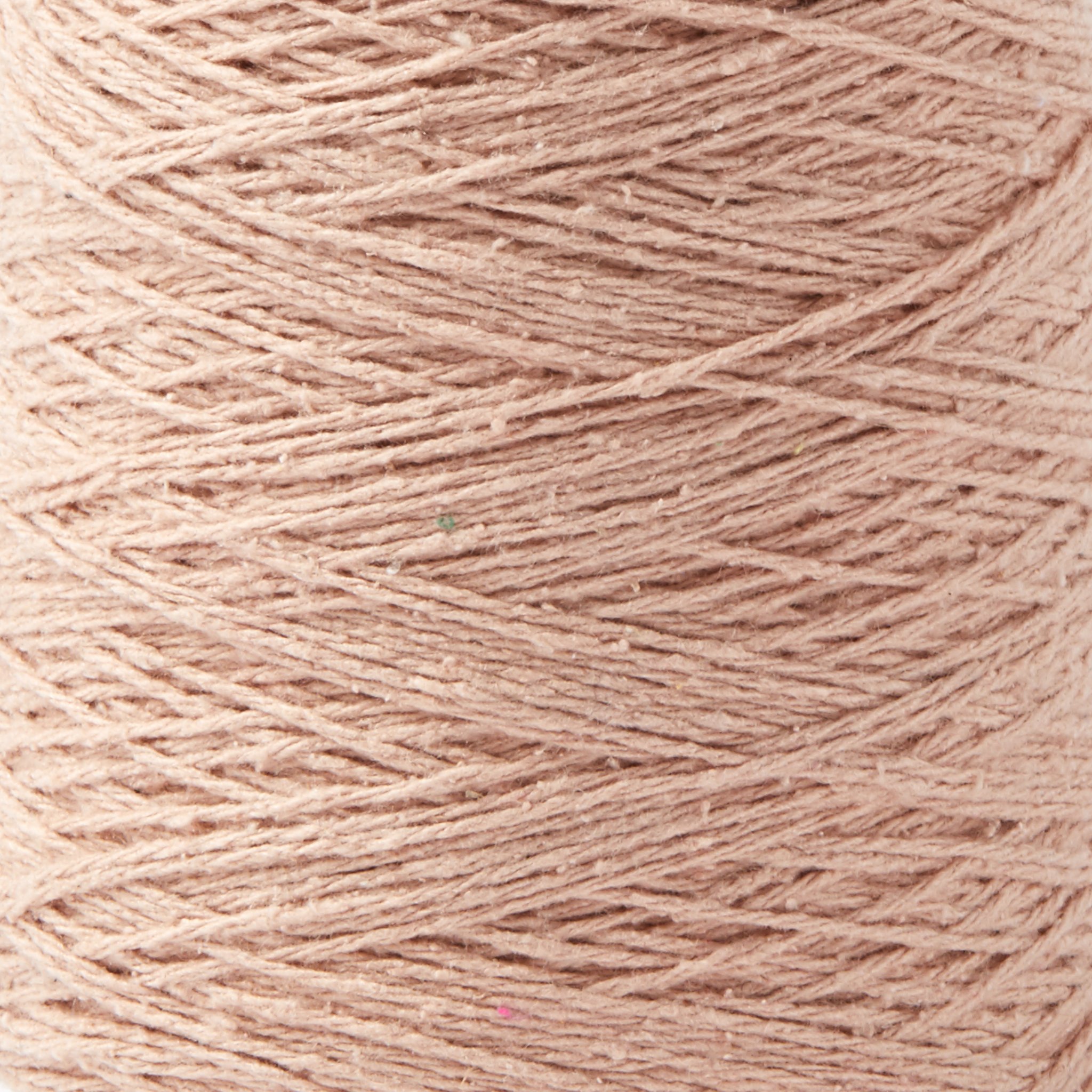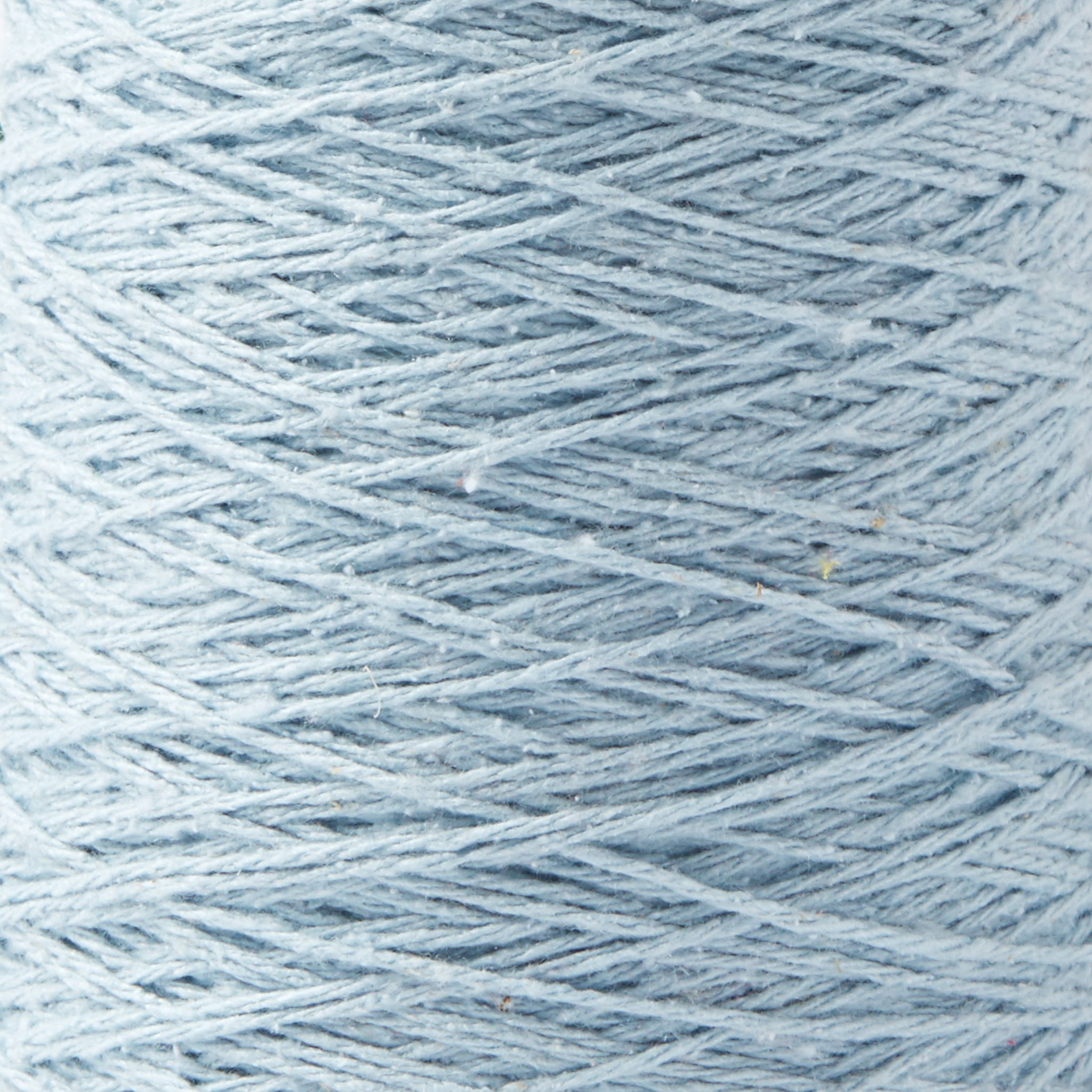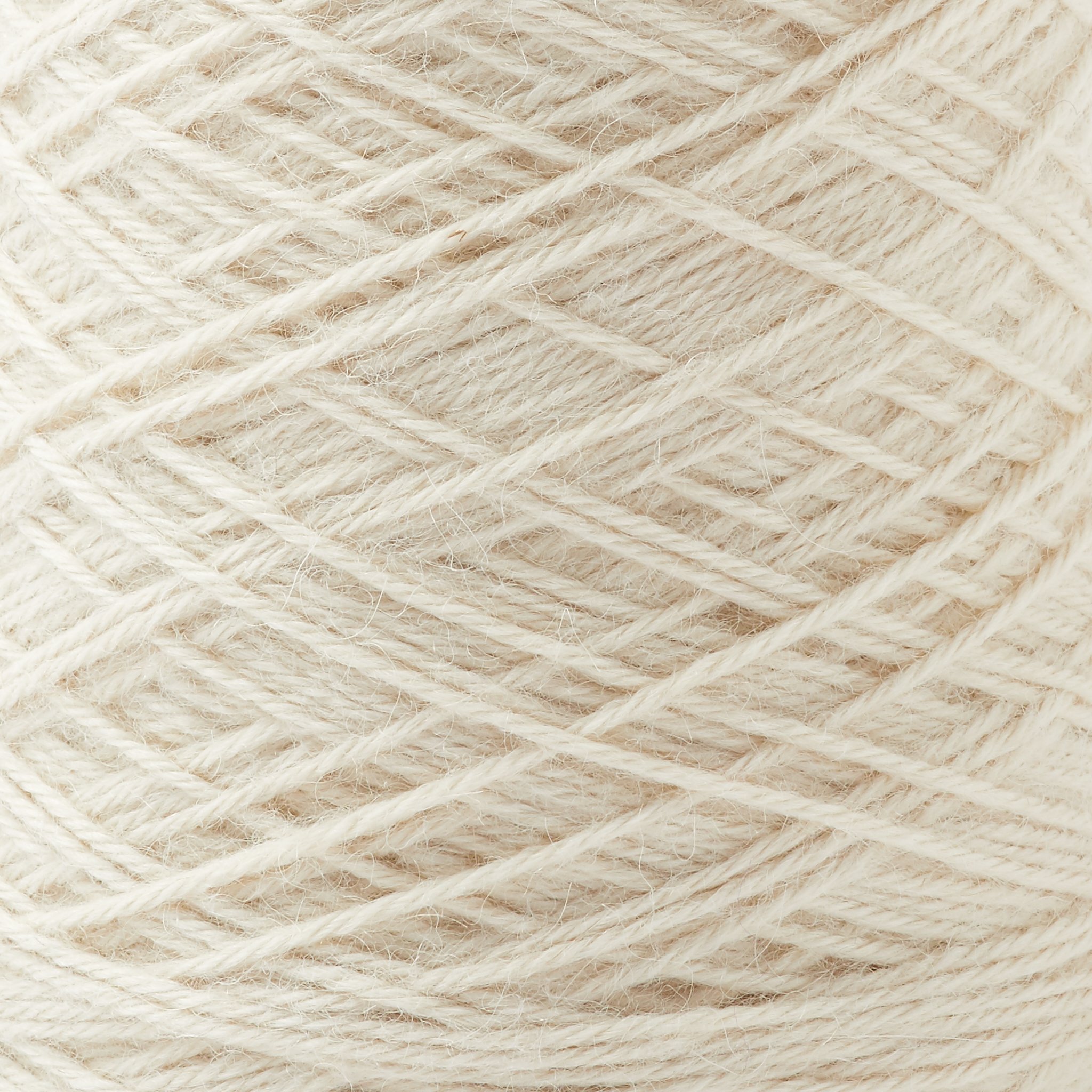The Art of Choosing Materials and Yarns for Warp and Weft
Are you a textile enthusiast looking to take your weaving game to the next level? Choosing the right materials and yarns for the warp and weft on your weaving projects can make all the difference in the world. Not only does it affect the look and feel of the final product, but it also impacts the weaving process itself. In this post, we'll explore the art of choosing materials and yarns for warp and weft.
Warp: The Foundation of Your Weaving
The warp is the foundation of any weaving project, running vertically under tension through the loom.
Choosing the right material for your warp is essential, as it determines the strength and stability of the fabric.
Cotton is the safest choice for beginners as it is easy to work with and has little to no stretch, which is important to keep your warp under the correct tension.
More experienced weavers may opt for linen, wool or silk, which offer greater versatility and texture.
When selecting your warp yarn, consider the weight, texture, and color.
Heavier yarns will produce a sturdier fabric, while lighter yarns will create a more delicate look.
Texture can add dimension and interest to your fabric.
Color can play an important role in your pattern design and will impact the overall appearance of your finished product.
Weft: Adding Colour and Texture
The weft is the yarn that runs horizontally across the warp, creating the design and pattern of the fabric.
The weft is where you can get creative and experiment with different colours, textures, and materials.
Choose weft yarns that are similar in weight and texture to your warp for a balanced and even weave.
Consider using novelty yarns like hand-spun slub or boucle yarns to add texture.
You can blend different fibres together for a unique look and feel.
Play with colour by using contrasting or complementary hues to create a bold pattern or subtle effect.
Combining Warp and Weft for Stunning Results
The magic happens when you combine the warp and weft yarns to create a beautiful fabric. The interplay between the two creates the design and texture of the finished product, so it's important to choose materials that work well together.
Consider the colour and texture of your warp and weft yarns when planning your project. A bold and colourful warp may work well with a more subdued weft, while a textured warp may require a smoother weft to balance it out. Each type of cloth will benefit from different combinations of materials to create the drape and feel you ultimately want.
Fibres
When choosing yarns for warp and weft, it's important to consider the properties of different fibres to ensure that they are suitable for your project. Here are some of the most common fibre types and their characteristics:
Cotton
Cotton is a popular choice for warp yarns, as it is easy to work with and holds its shape well. It is a relatively strong and durable fibre that is also lightweight and breathable. Cotton yarns come in a variety of weights and textures, making it a versatile choice for many projects.
Check out our selection of cotton yarns
Linen
Linen is another popular choice for warp and weft yarns, as it has a similar strength and durability to cotton but with a unique texture and drape. It is made from the fibres of the flax plant and has a natural luster that gives it a subtle sheen. Linen can be more difficult to work with than cotton, as it can be prone to stretching and breaking, but it produces a beautiful and long-lasting fabric. Don’t be scared to try it out on your weft and start with a small warp to get familiar with the fibre.
Check out our selection of linen yarns
Wool
Wool is a versatile fibre that is commonly used for warp and weft. It has excellent insulating properties and is naturally elastic, making it ideal for creating fabrics that are warm and comfortable to wear. Wool yarns come in a wide range of textures and weights, from fine lace-weight yarns to bulky, thick-and-thin textural yarns. Due to their slight elasticity, I recommend beginners try weaving with them on the weft at first, or start with a small project to practice how to problem solve and adapt with this fibre.
Check out our selection of wool yarns
Silk
Silk is a luxurious fibre that is prized for its luster and drape. It is a strong and lightweight fibre that produces a smooth and silky cloth. Silk yarns can be tricky to work with and are not recommended for beginners, however you can experiment with them on your weft. They are available in a variety of weights and textures, from fine silk threads to thicker, slubbed yarns.
Check out our selection of silk yarns
Alpaca
Alpaca is a soft and warm fibre that is commonly used for warp and weft yarns. It is lightweight and hypoallergenic, making it a good choice for people with sensitive skin. Alpaca yarns come in a range of natural colours and have a soft, fuzzy texture that adds warmth and depth to a fabric. The right style of yarn can be beginner friendly, I recommend you weave a small project to test the yarn you would like to work with and see how it behaves on your loom.
Check out our selection of alpaca yarns
Mohair
Mohair is a fibre made from the hair of the Angora goat. It is a strong and durable fibre that is known for its luster and sheen. Mohair yarns are often used for weft yarns, as they add a unique texture and shine to a fabric. I do not recommend this yarn for the warp as the fibres can be sticky and difficult to manage through the steps of warping your loom.
Choosing the right materials for warp and weft in your weaving projects is both an art and a science. It requires a deep understanding of the properties of different fibres and how they interact with each other. But with a little practice and experimentation, you can create stunning fabrics that are truly one-of-a-kind and that serve the purpose you intended them to have. I highly encourage you to experimenting with different yarns and fibres, you can create unique and beautiful textiles that are truly one-of-a-kind and learn how to combine them together. Every weaver will have their preferred choice of fibres and the only way to figure out what you love is to try new materials.
So, whether you're a beginner or an experienced weaver, take the time to choose your materials and yarns carefully. It's the foundation of your project, and the key to creating a beautiful and unique piece of textile art.
Happy Weaving!
Jo
